Harrisburg Hunt And Grazing
Harrisburg Hunt and Grazing
- Farm
- Ranch
- Farm Auction
- Cattle Ranch
Descriptions
The Harrisburg Hunt and Grazing property is a fantastic multi-use ranch. The area is home to an abundance of wildlife including Mule deer, Elk, Pronghorn Antelope, Mountain lion, Coyotes, Bobcats and an assortment of smaller game animals and songbirds. There is excellent feed for cattle on the property, coupled with good fences and multiple tanks to make it a fantastic addition to you current land portfolio or a stand alone ranch.
Land
Consisting of 1052+/- acres, the Harrisburg Hunting and Grazing ranch offers the plenty of opportunity for the sportsman as well as being an excellent cattle or sheep ranch. The ranch has 5 livestock tanks that are a combination of 1 windmill and 4 tanks on pipeline. There are approximately 420 acres of dryland farmland located on the northern portion of the ranch that have been planted back to native grass. This land could be opened up to farming again depending on the needs of the Buyer. The north end of the ranch is very flat and even terrain with the south end of the ranch having dramatic caprock mountainous terrain covered with mature Ponderosa Pines and assorted hardwood trees.
Improvements
The ranch is well watered with 5 livestock tanks distributed throughout the property. There is a good set of shipping corrals on the east side of the ranch that offer easy access to cattle trucks. Fence on the ranch consists of mostly barbed wire 4 wire fence with wood posts.
Recreation
The ranch is within 2 hours of Lake McConaughy, the largest lake in Nebraska that offers excellent fishing for anglers and white sand beaches and various watersports for all kinds of enjoyment. Additionally, the ranch is less than an hour from the Wildcat Hills and Carter Canyon conservation lands which provides access for hunters and hikers to enjoy the beauty of the area.
Agriculture
Historically the ranch has run approximately 300 yearlings June to October. The property has a good mix of native grasses with timbered canyons and caprock ridges that allow for cover should you have cattle on the property through the winter months. Additionally there is 420 acres of dryland farmland currently not in production that could be farmed again.
Water/Mineral Rights & Natural Resources
Currently the property has a wind lease in place. There are no active wind generation on the property at this time. Details to be provided upon request. Any owned mineral rights will convey with deed. Seller does not know the extent of mineral estate.
Region & Climate
Banner County, Nebraska gets approximately 17+/- inches of rain, on average, per year and 38 inches of snow per year.The panhandle of Nebraska has an average of 226 sunny days per year. Additionally, the area gets some kind of precipitation, on average, 79 days per year. Precipitation is rain, snow, sleet, or hail that falls to the ground. In order for precipitation to be counted you have to get at least .01 inches on the ground to measure.
Weather Highlights
Summer High:the July high is around 86 degrees
Winter Low:the January low is 14
Rain:averages 17 inches of rain a year
Snow:averages 38 inches of snow a year
History
When Nebraska became a state in 1867, a single county encompassed the entirePanhandle. In 1870, the Panhandles southern half was organized as Cheyenne County. The arrival of increasing numbers of settlers led to the partitioning of the county in 1888: the eastern third becameDeuel County; the middle third became present-dayCheyenne County; and the western third becameKimball,Scotts Bluff, and Banner Counties. Thelast of these was named by citizens who declared it would become the states banner county, and the brightest star in the constellation of Nebraska counties.
Upon the countys organization, the settlement ofAshfordwas chosen as the temporary county seat. Four communities aspired to be chosen as the permanent county seat: Ashford,Harrisburg, Freeport, and Banner. Two special elections proved necessary before Harrisburg was chosen.
The initial settlement of the area was by cattle ranchers, drawn by good pastures in the Pumpkin Creek valley. In the late 1880s, these open-range ranchers were displaced by an influx of settlers; by 1890, almost every quarter-section (160 acres, or 65 ha) was claimed byhomesteaders. However, the good moisture years that had attracted these settlers were followed by a severe drought in 1893 and 1894, which drove many of the new settlers away; the number of farms in the county declined by more than half, from 565 in 1890 to 226 in 1900. The land thus vacated was again used by ranchers, who raised both crops and cattle. The 1904 passage of theKinkaid Act, which allowed homesteaders to claim 640 acres (260ha) brought a new wave of settlers; however, even these larger tracts were often insufficient to support a family, and many of the Kinkaid claims were eventually sold to established cattle ranchers.
The countys growth was hindered by the absence of railroads: the nearest lines ran throughKimball, 11 miles (18km) to the south, andGering, 8 miles (13km) to the north. Roads were also slow to develop in the county: in 1921, only dirt roads existed. The difficulty of reaching markets tended to discourage commercial crop farming in the county.
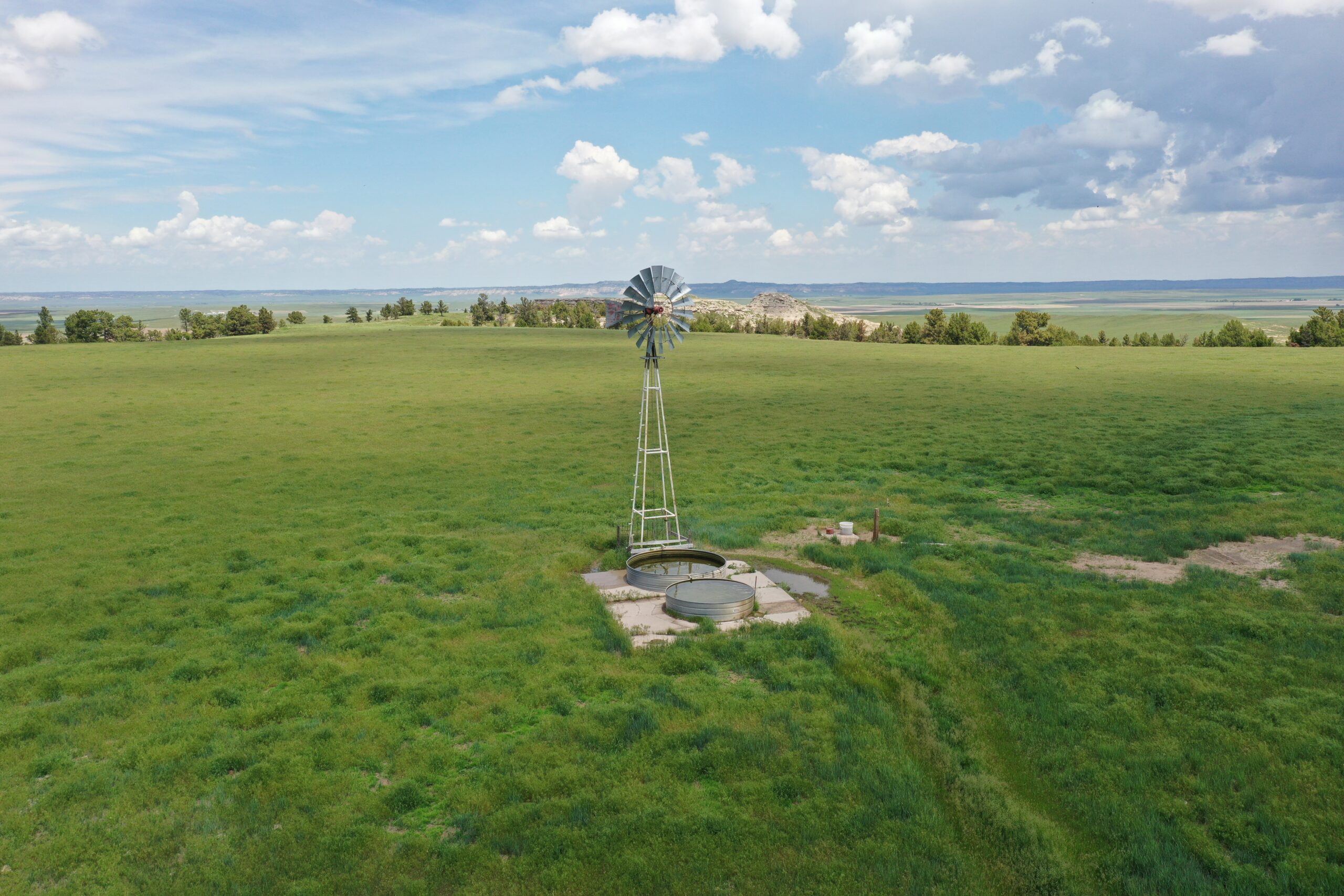
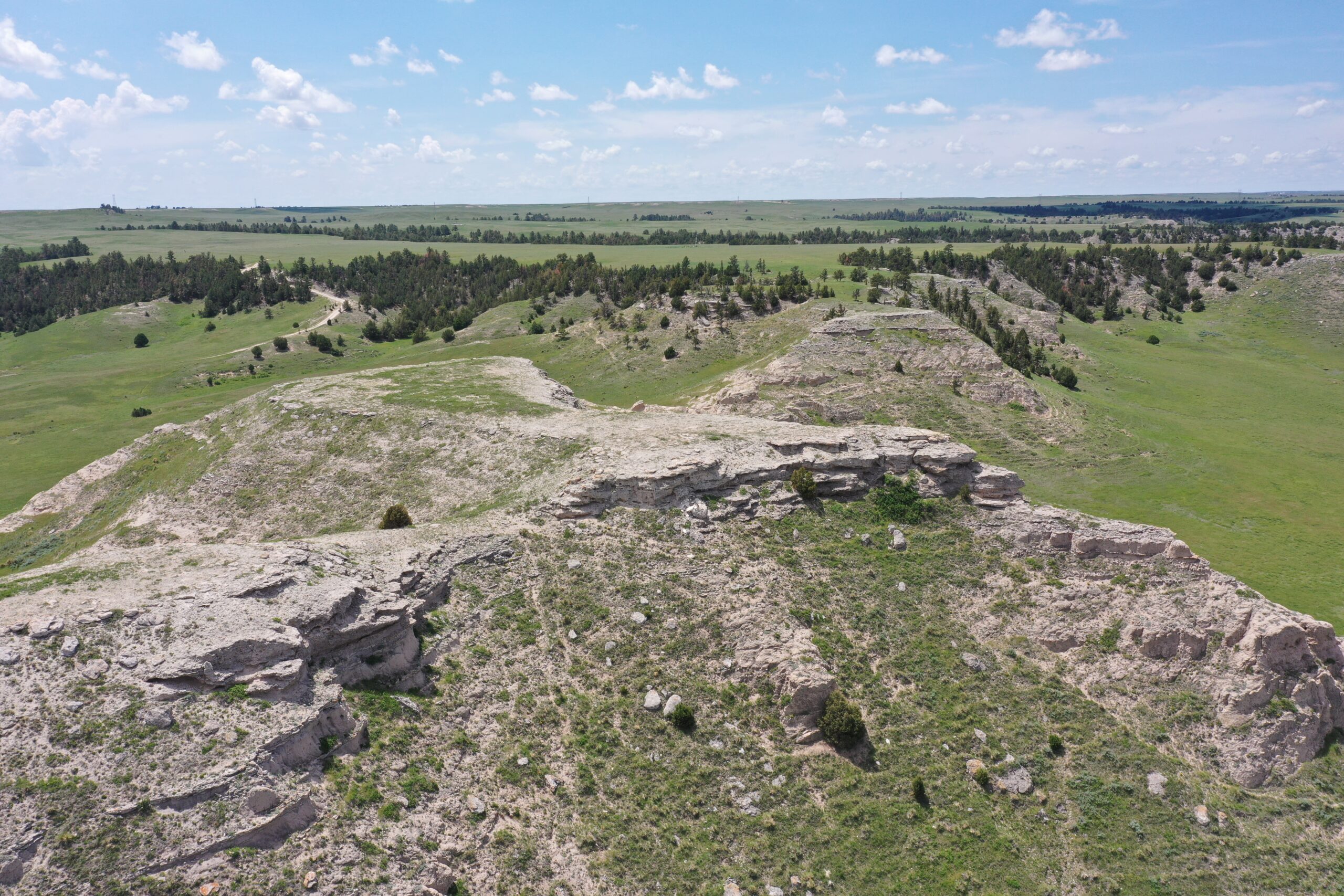
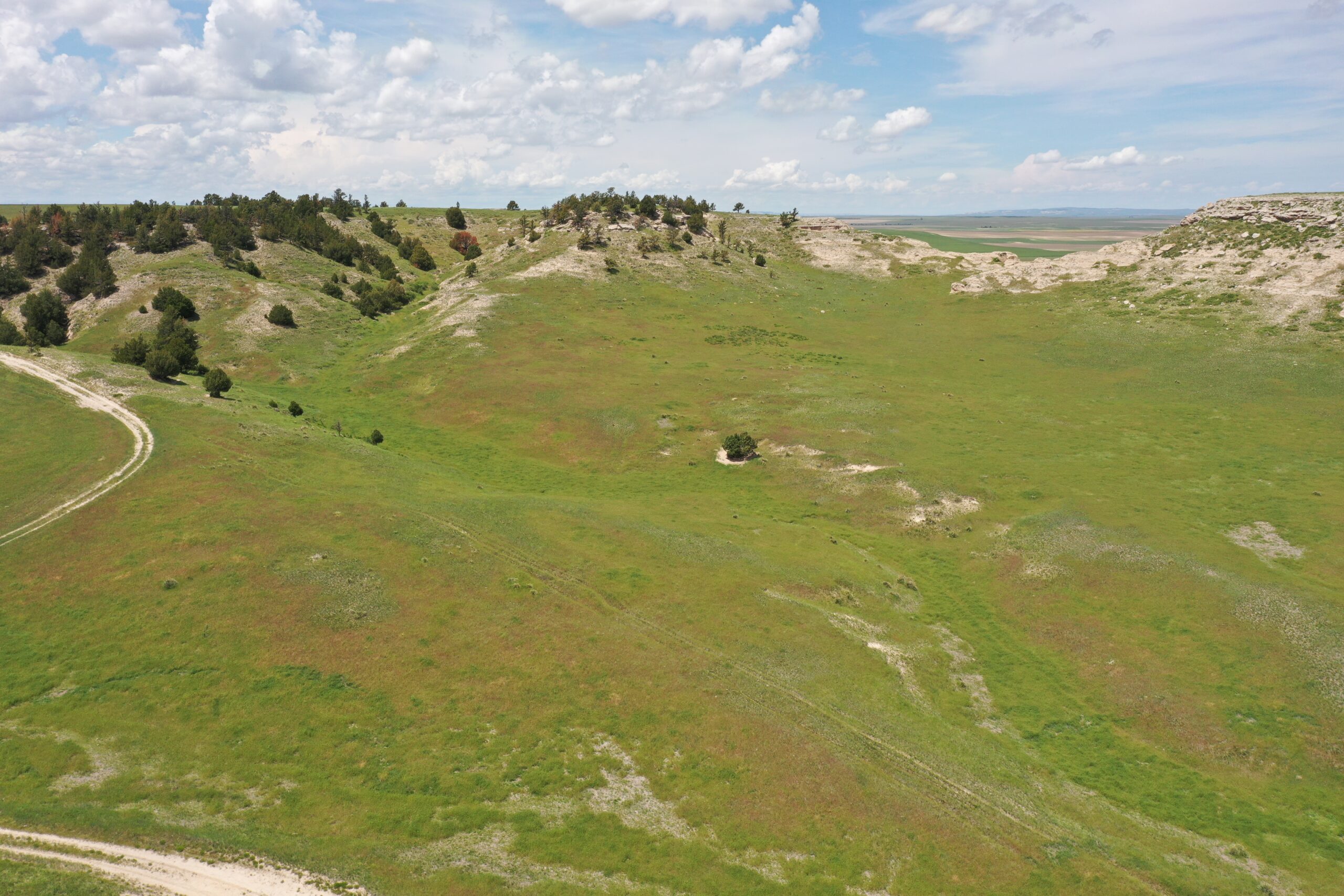
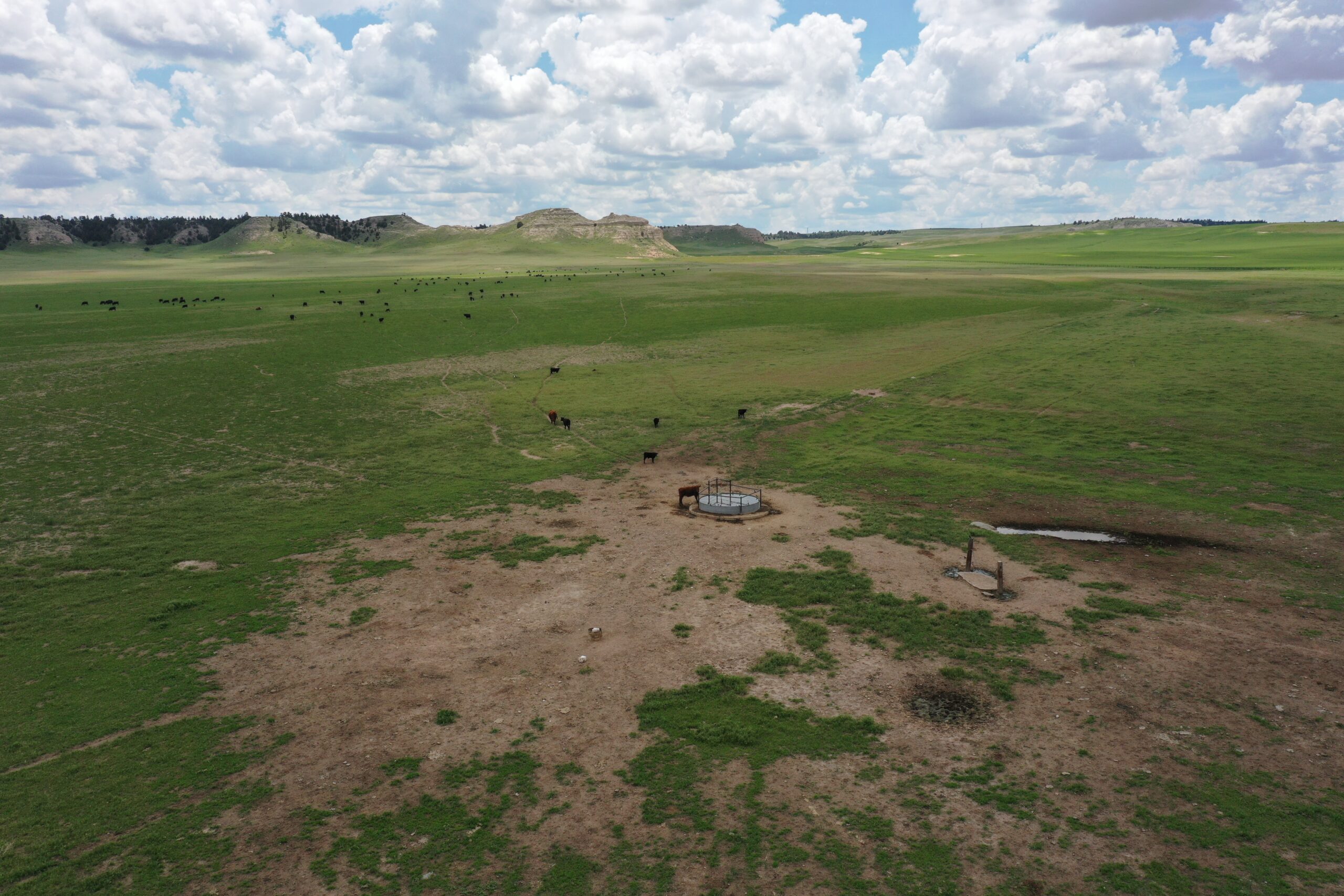
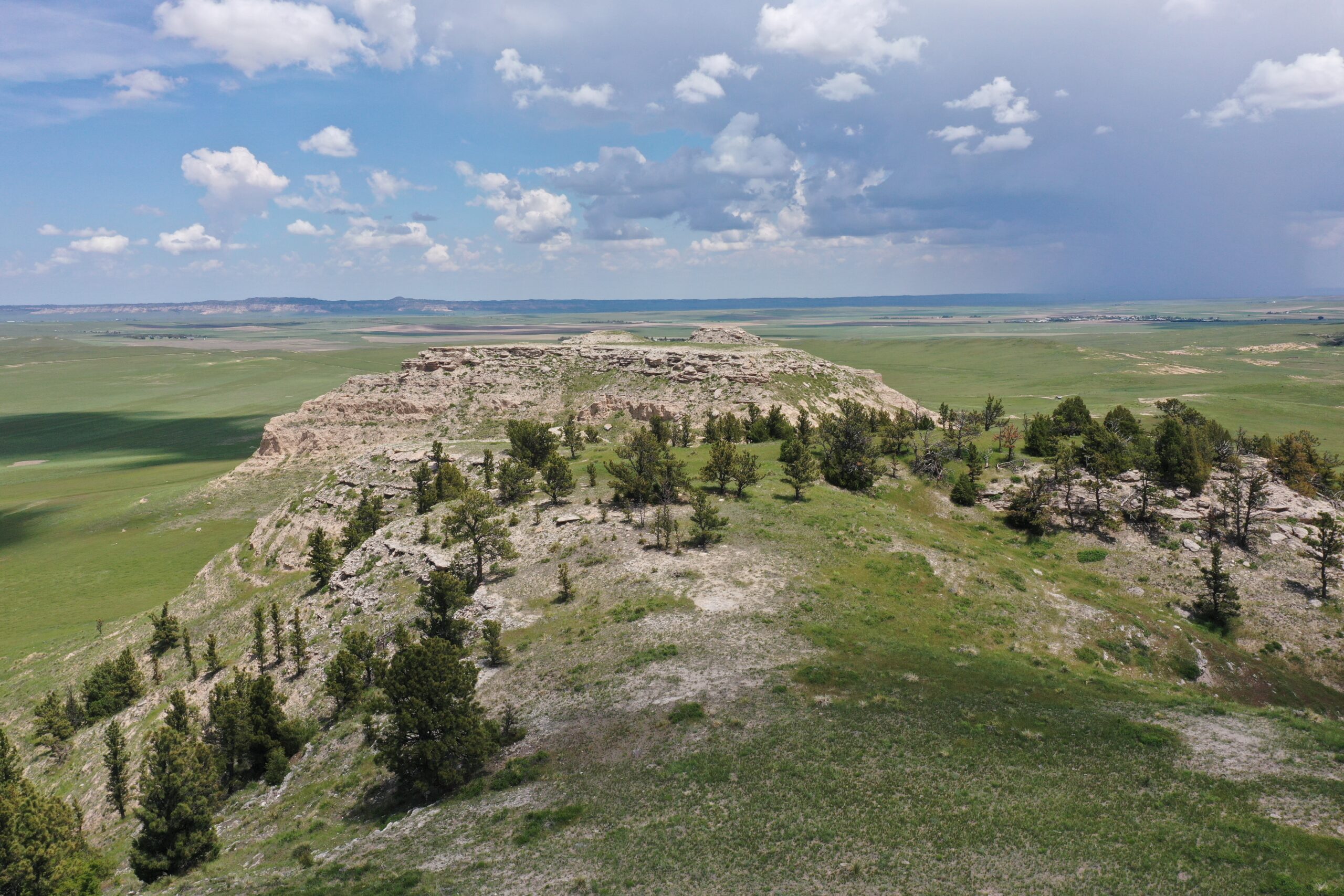
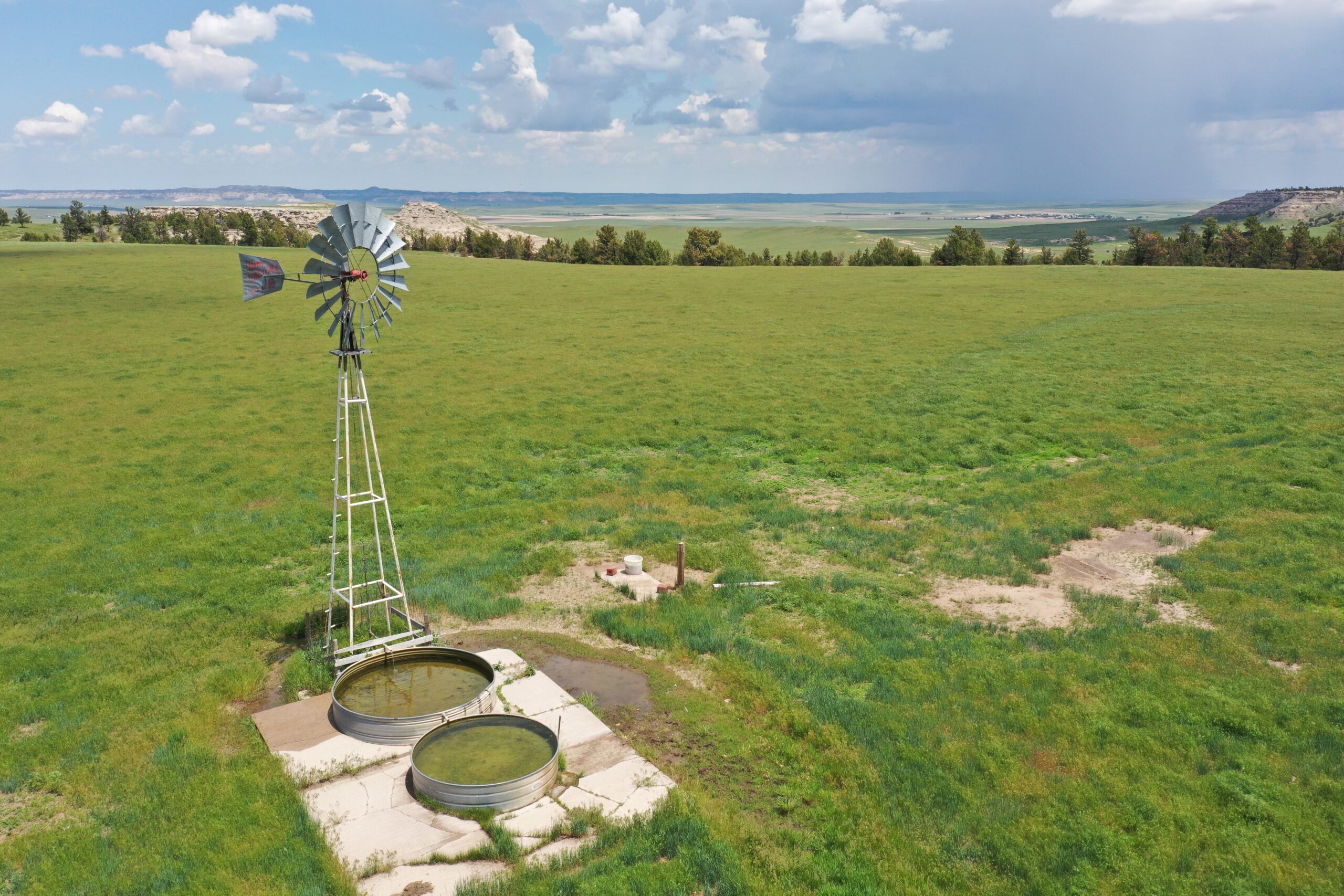
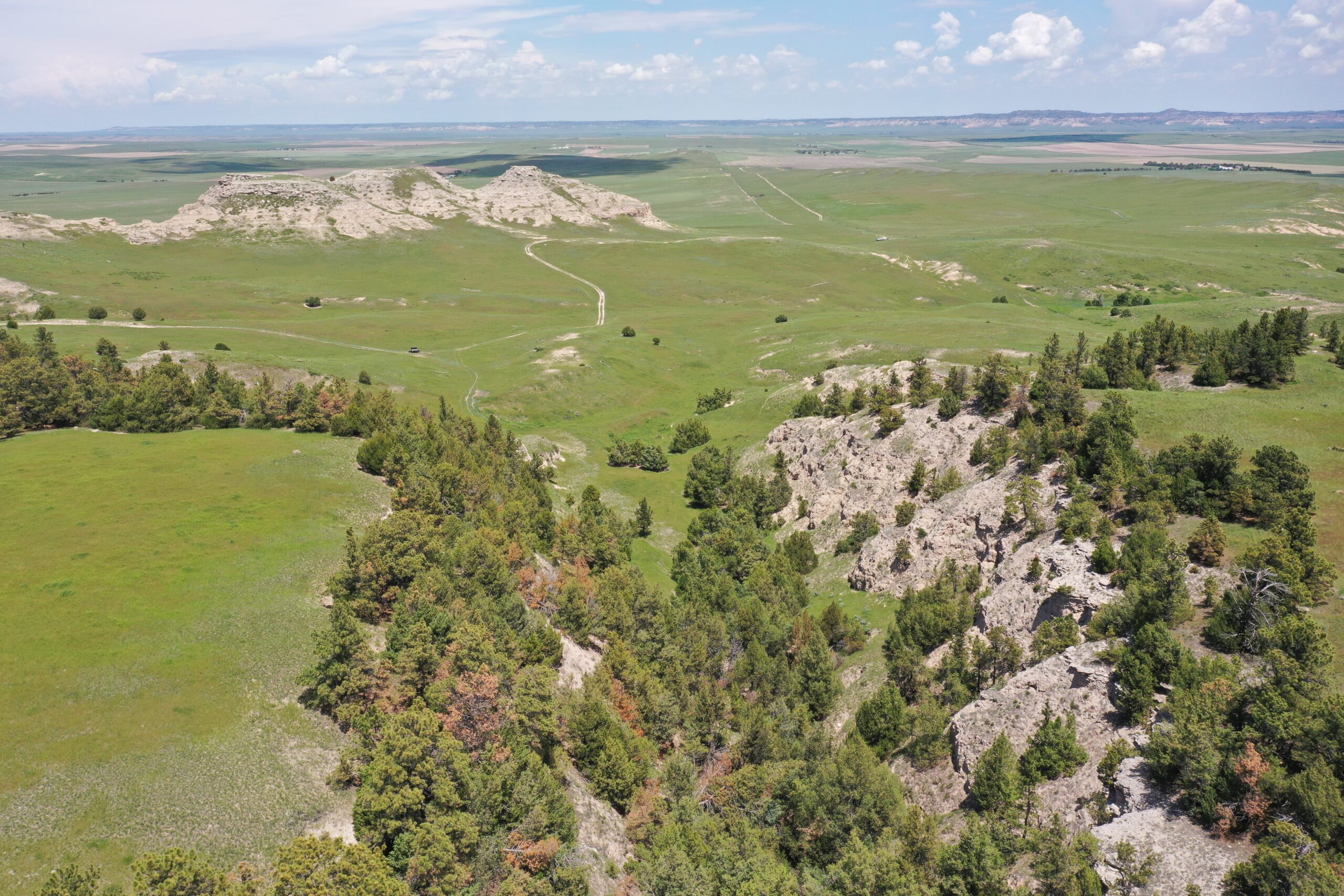
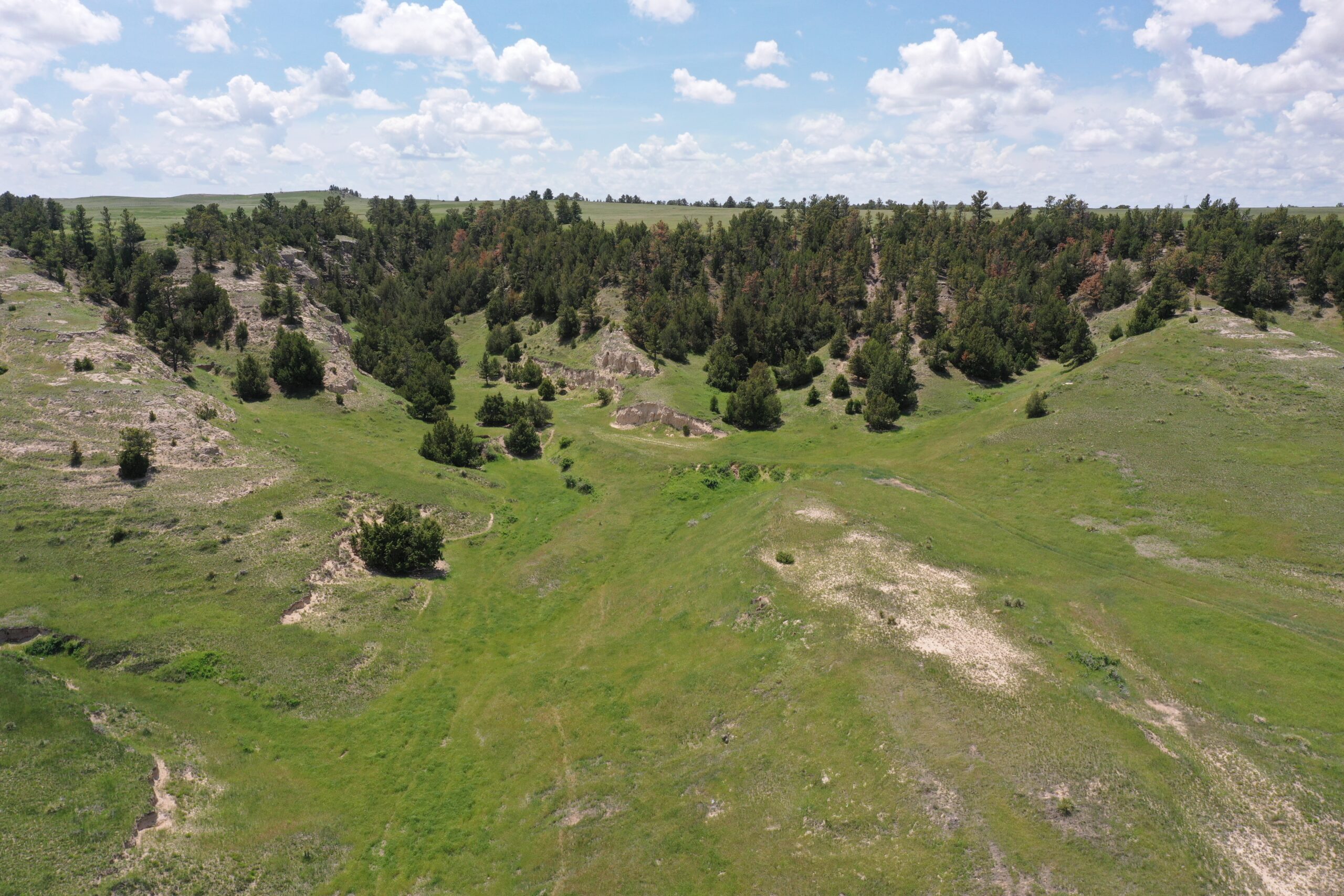
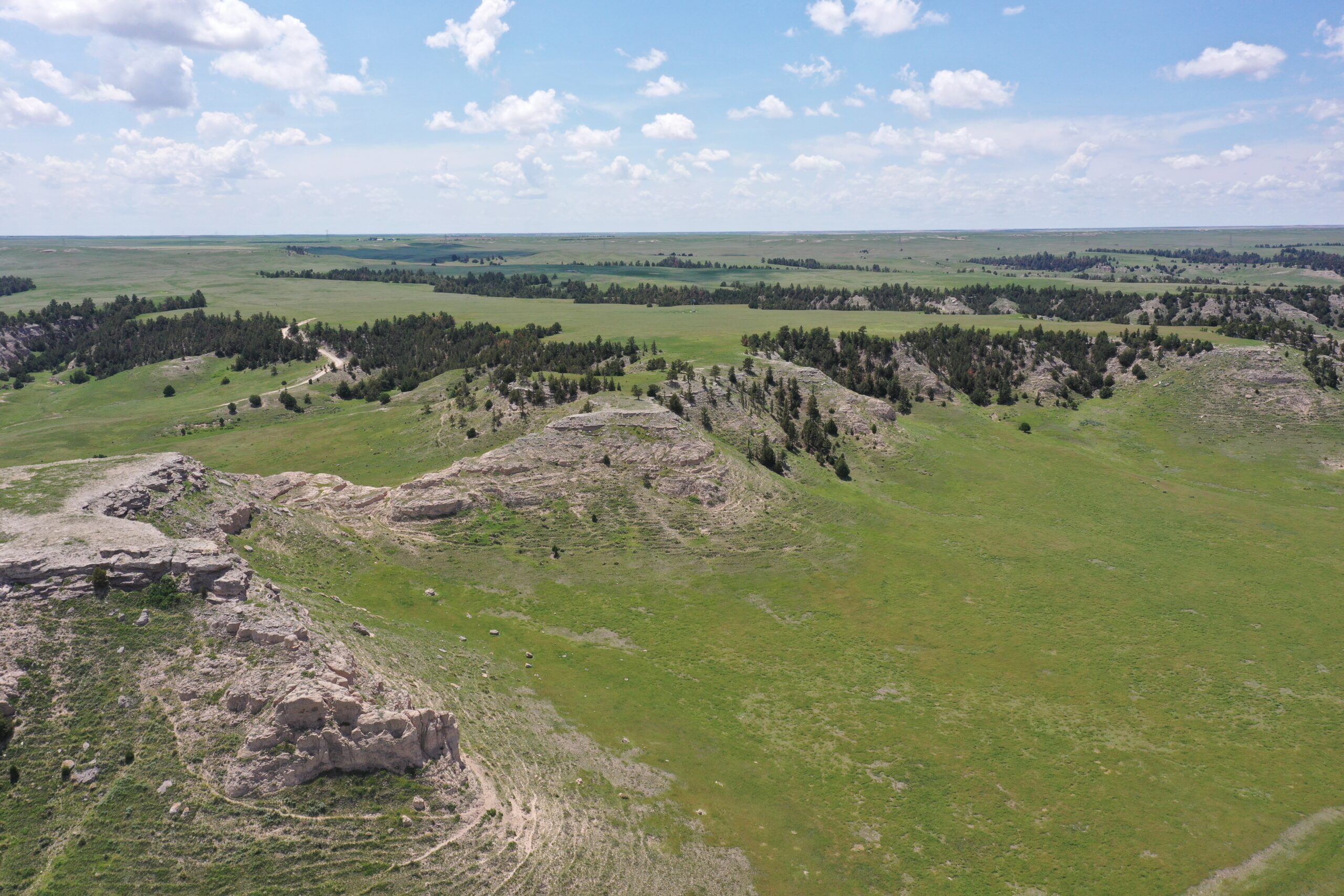
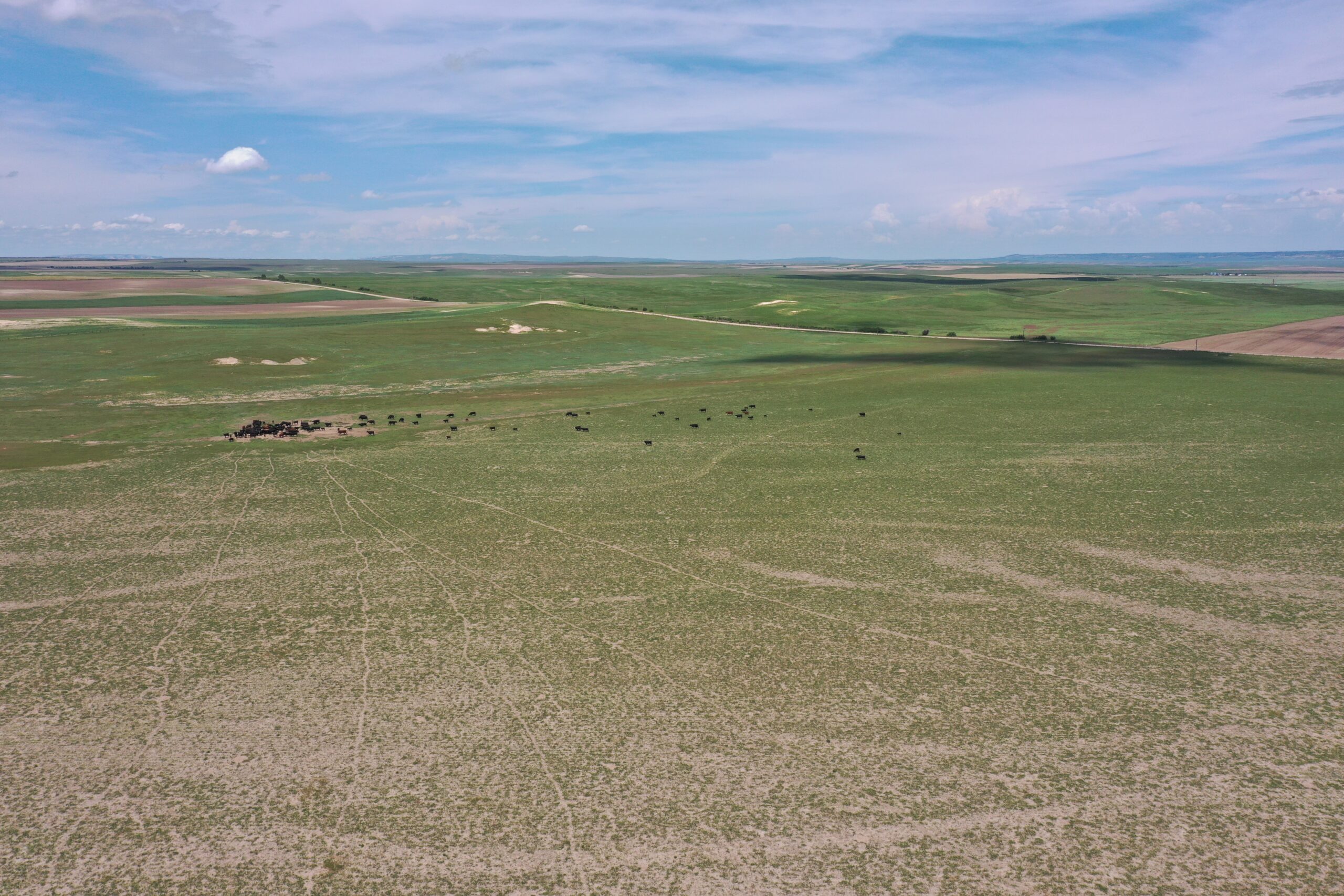
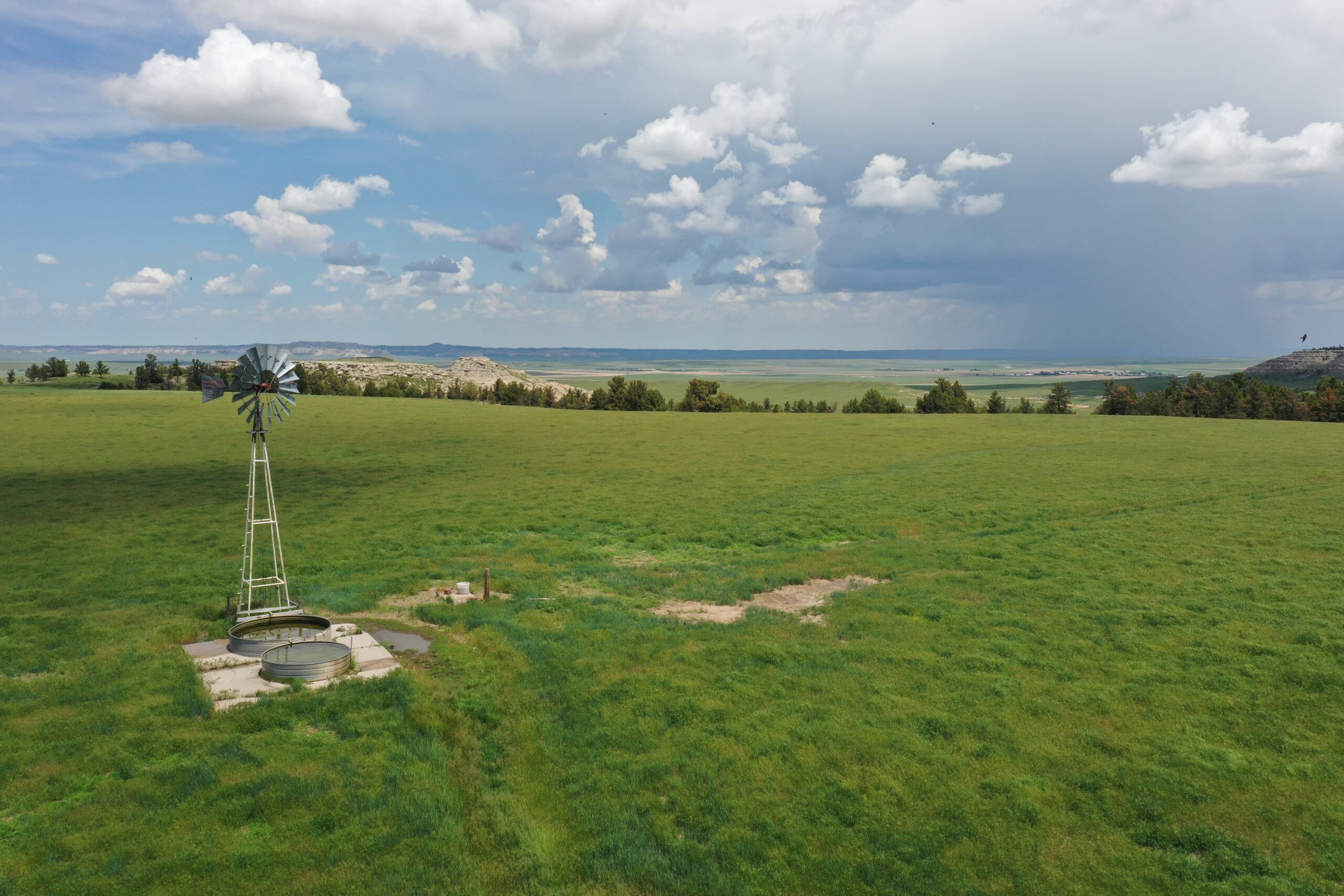
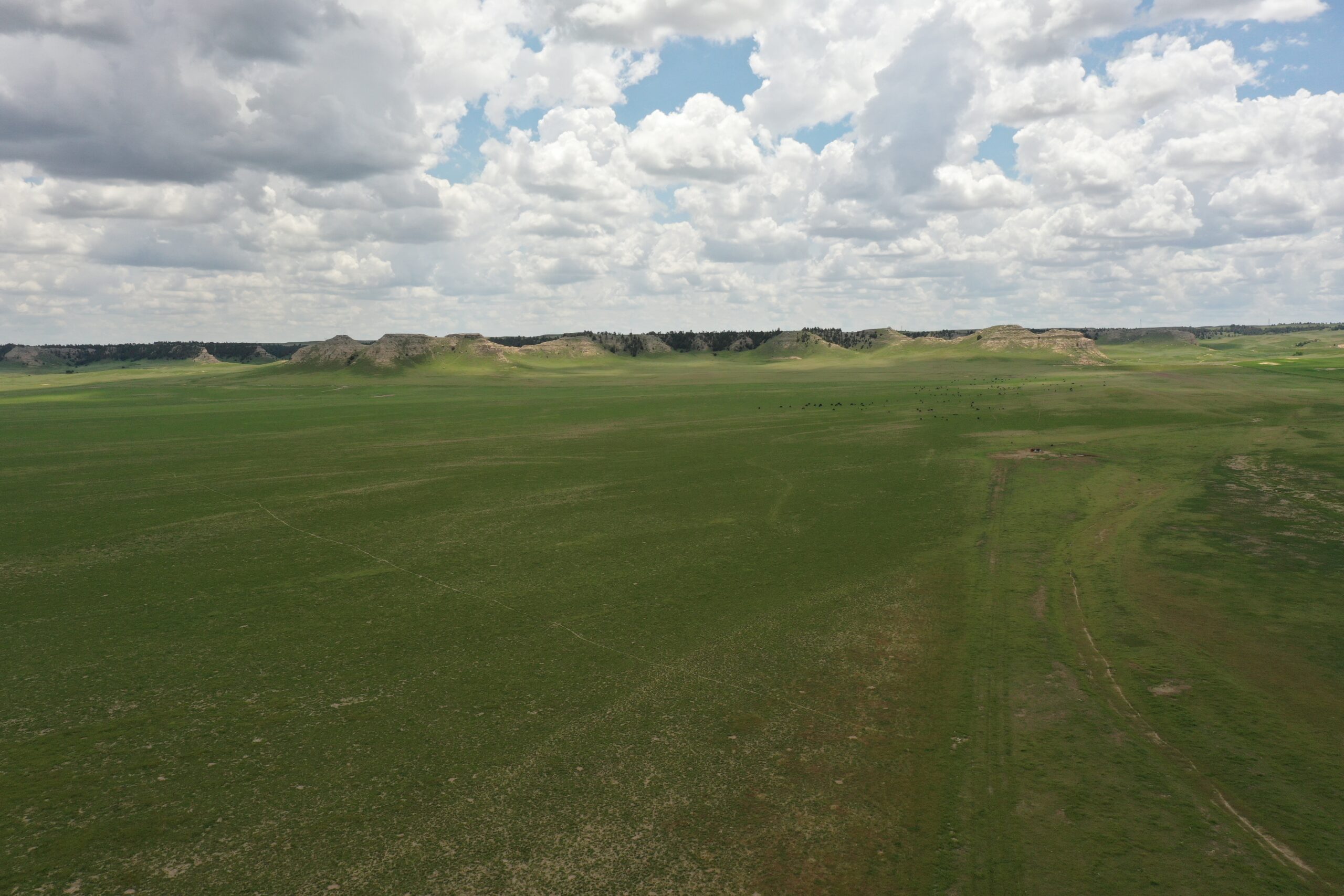
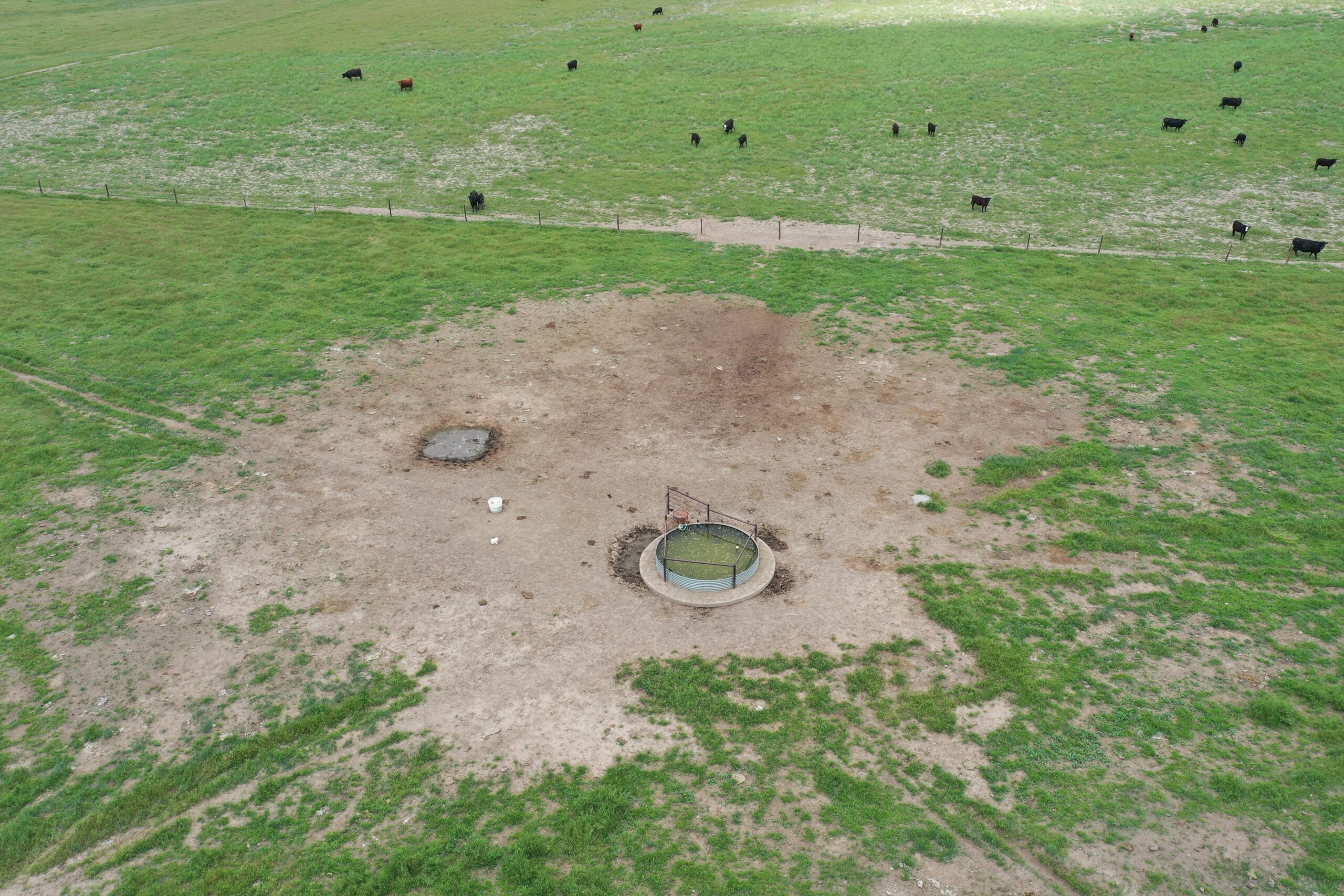
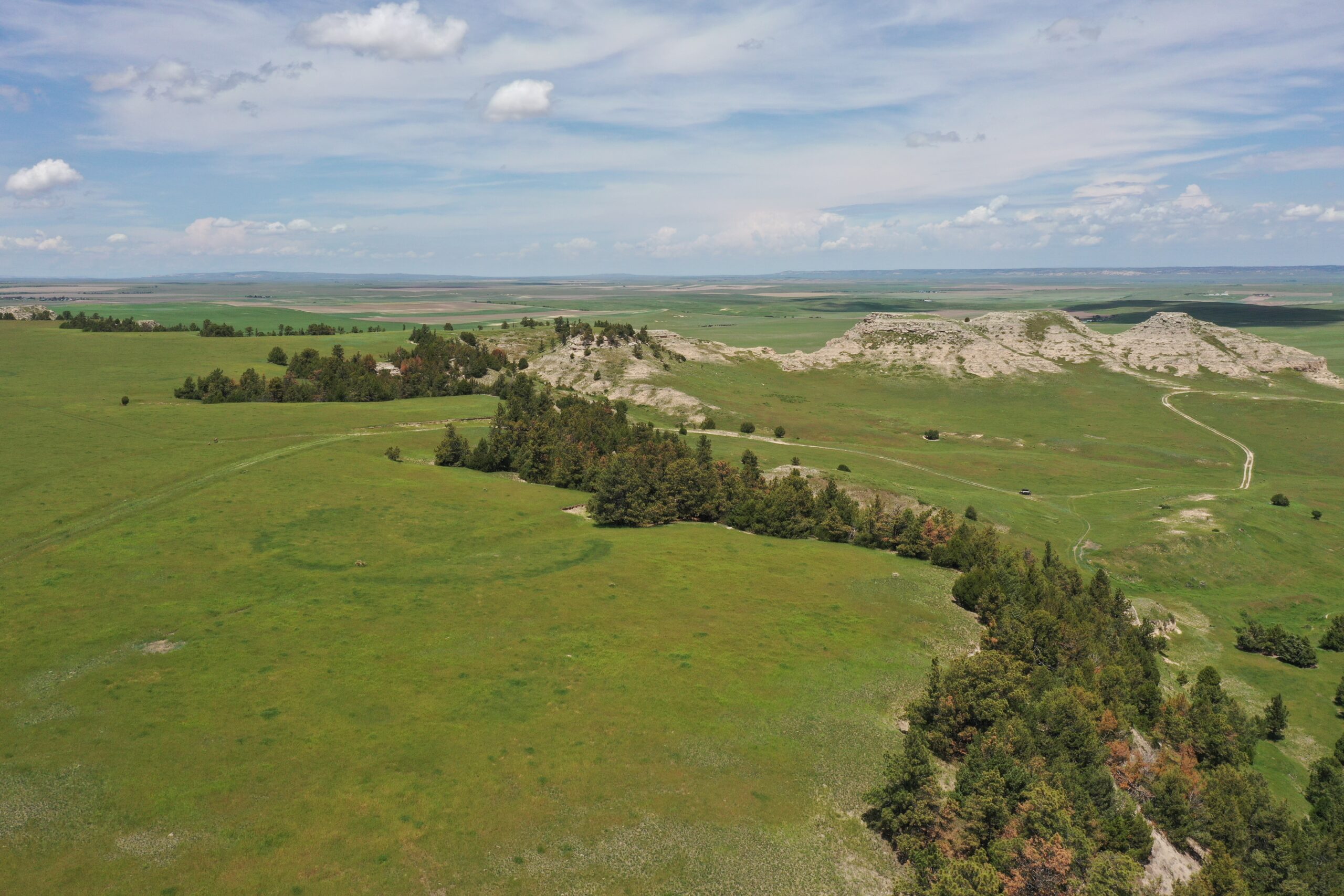
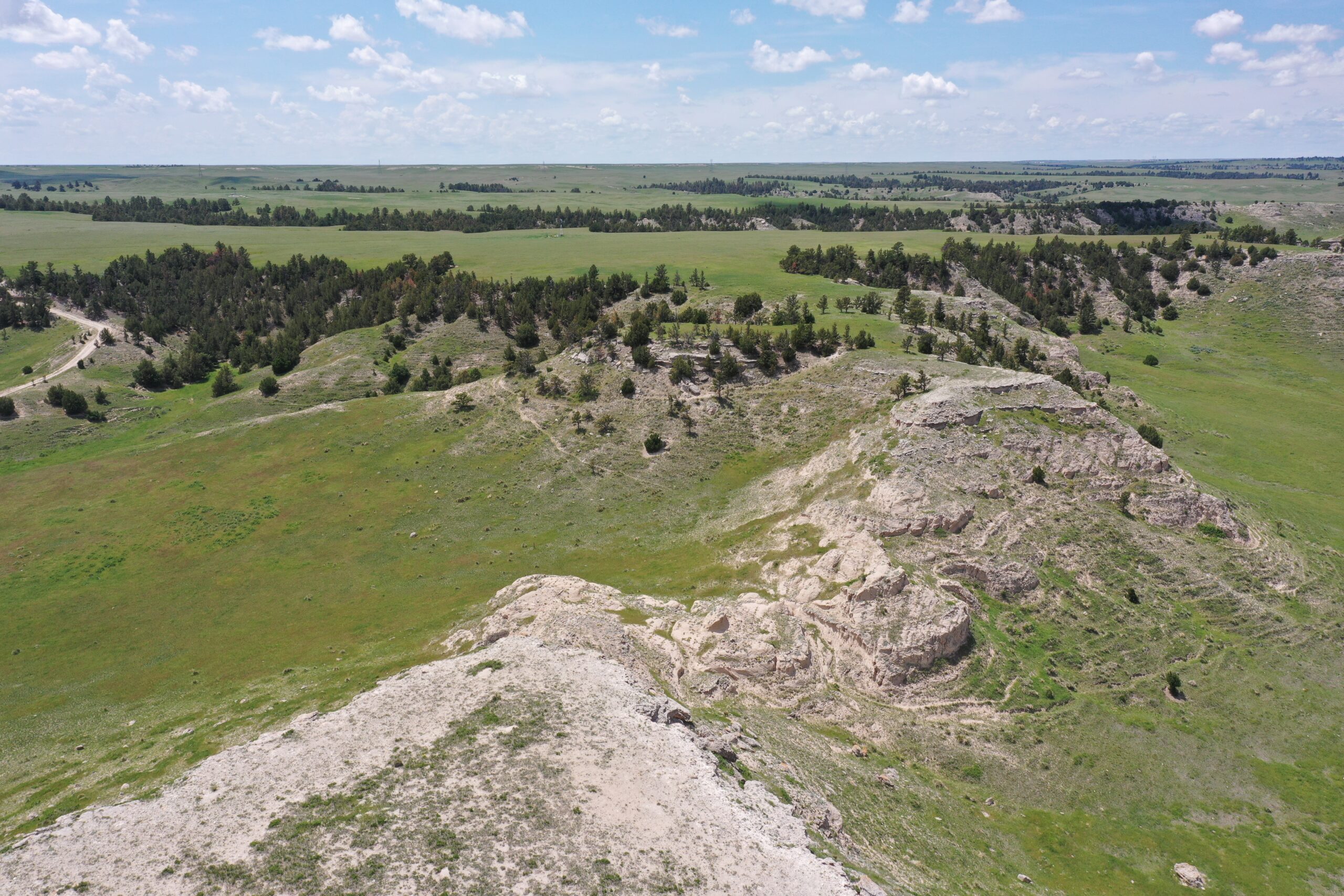
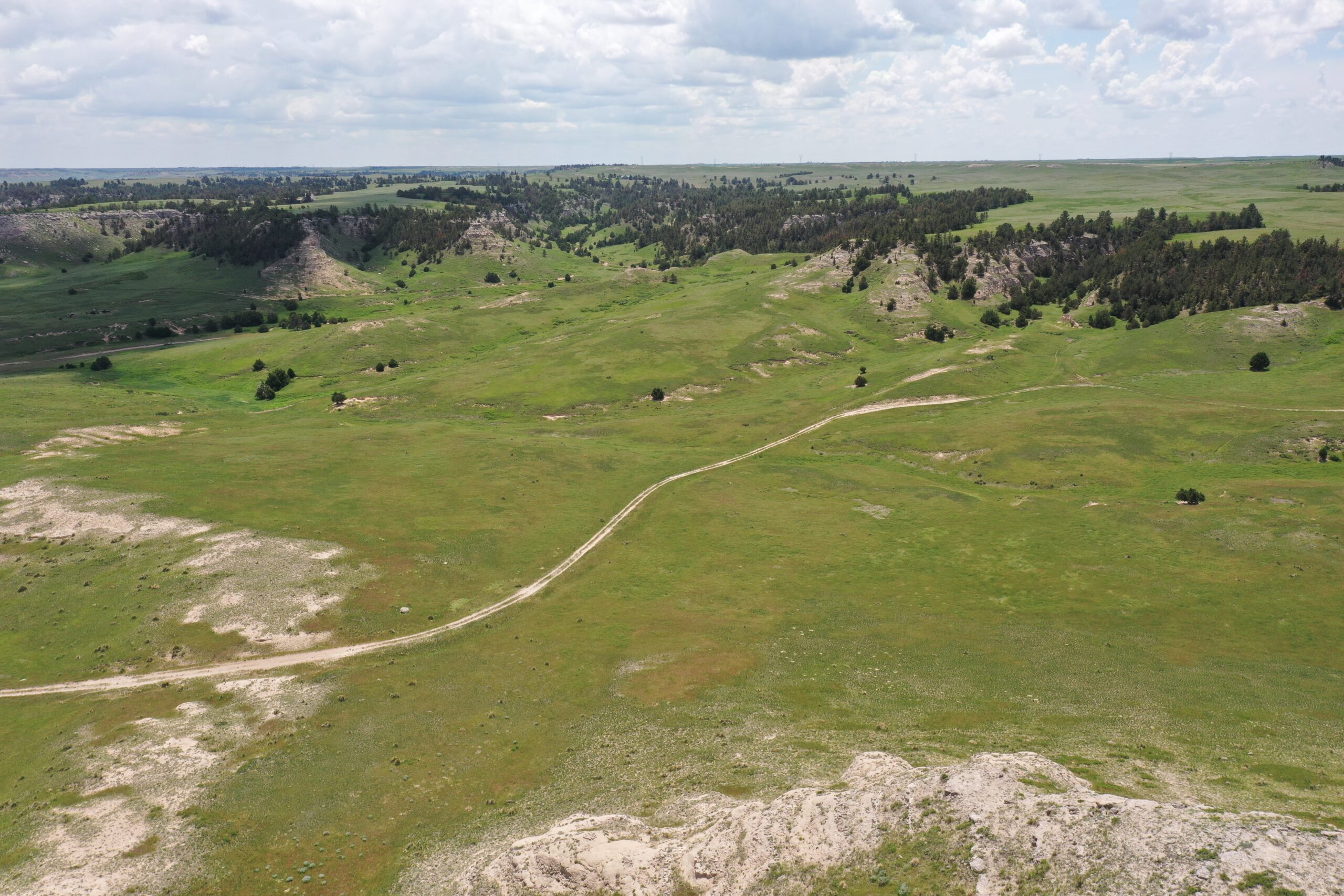
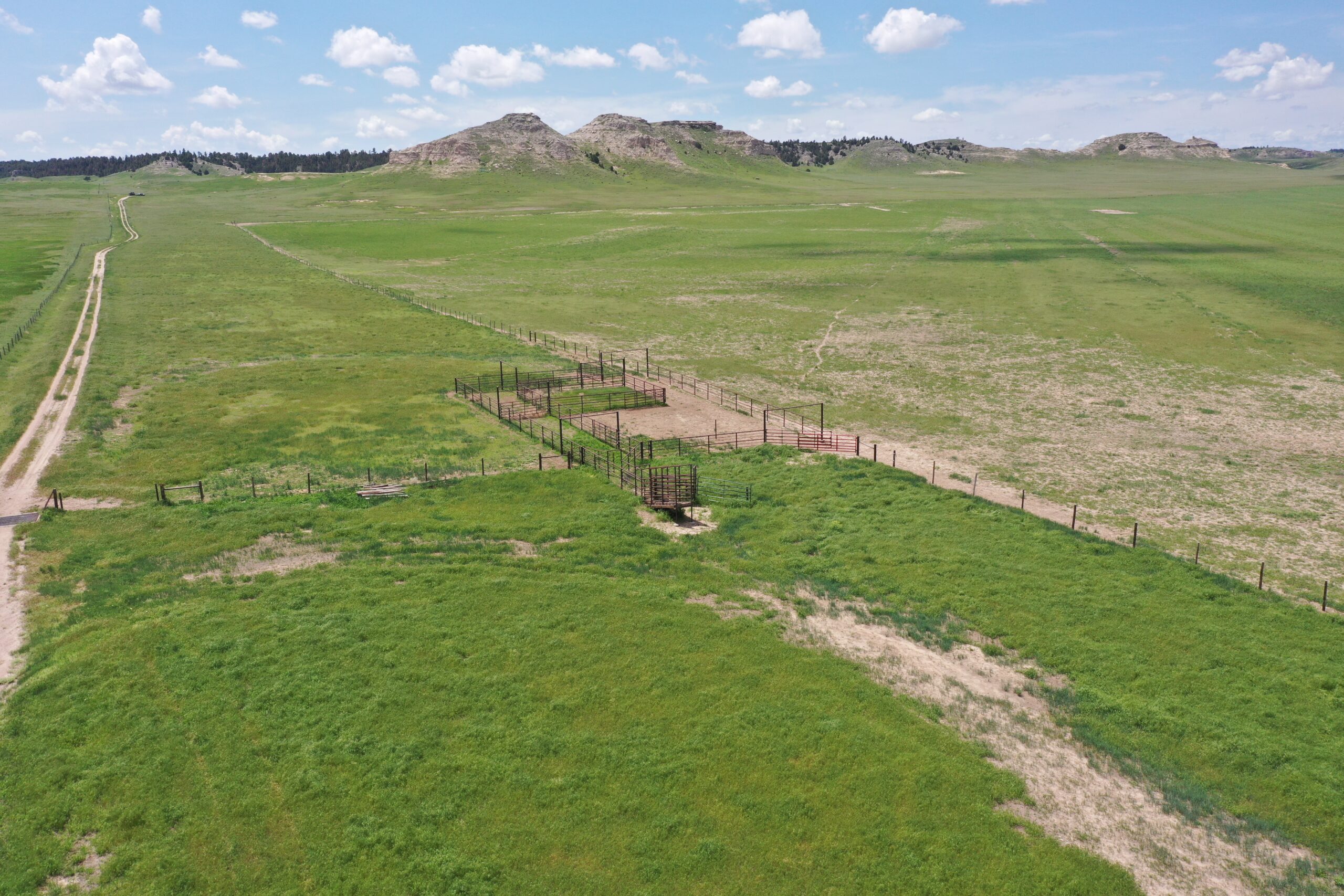
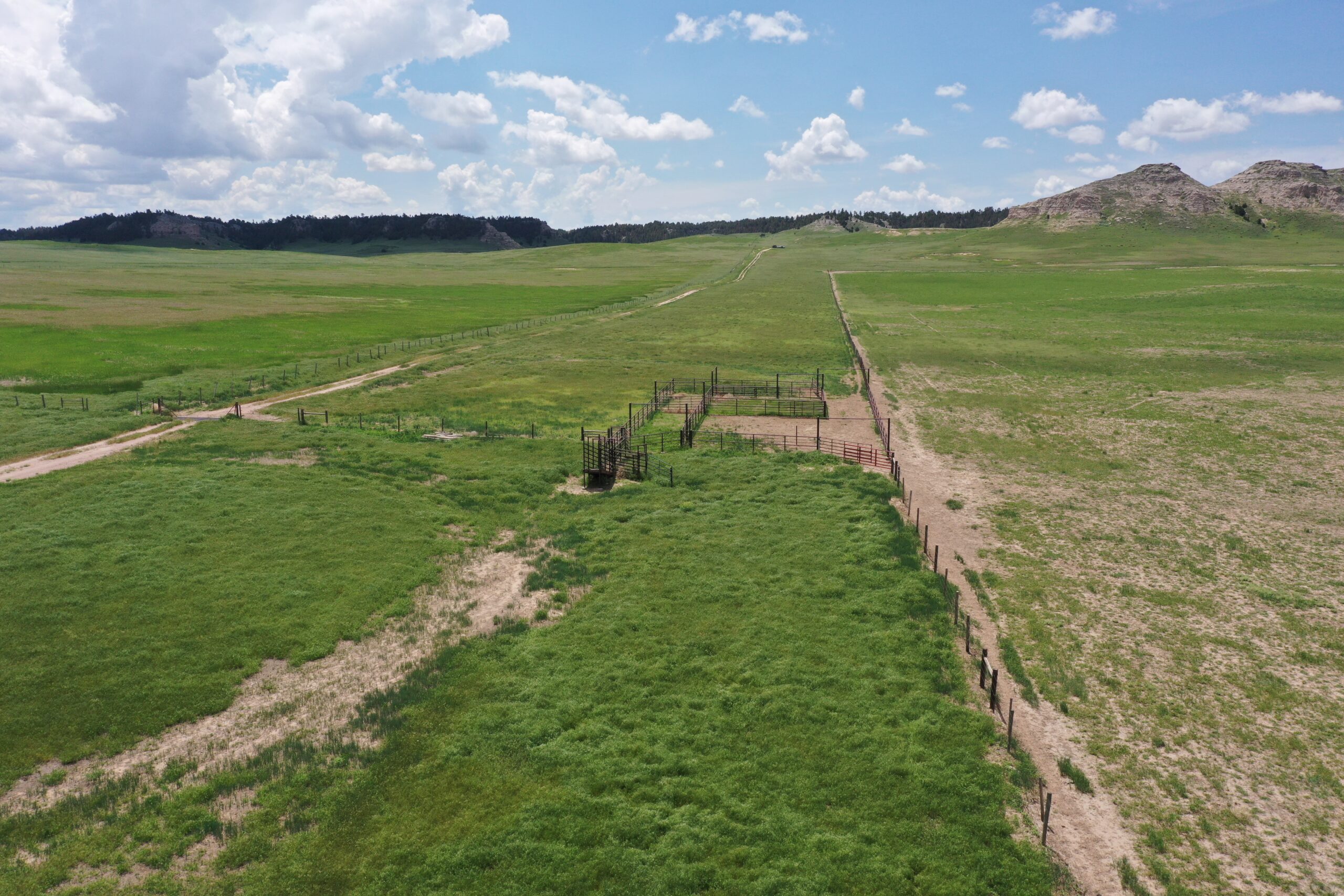
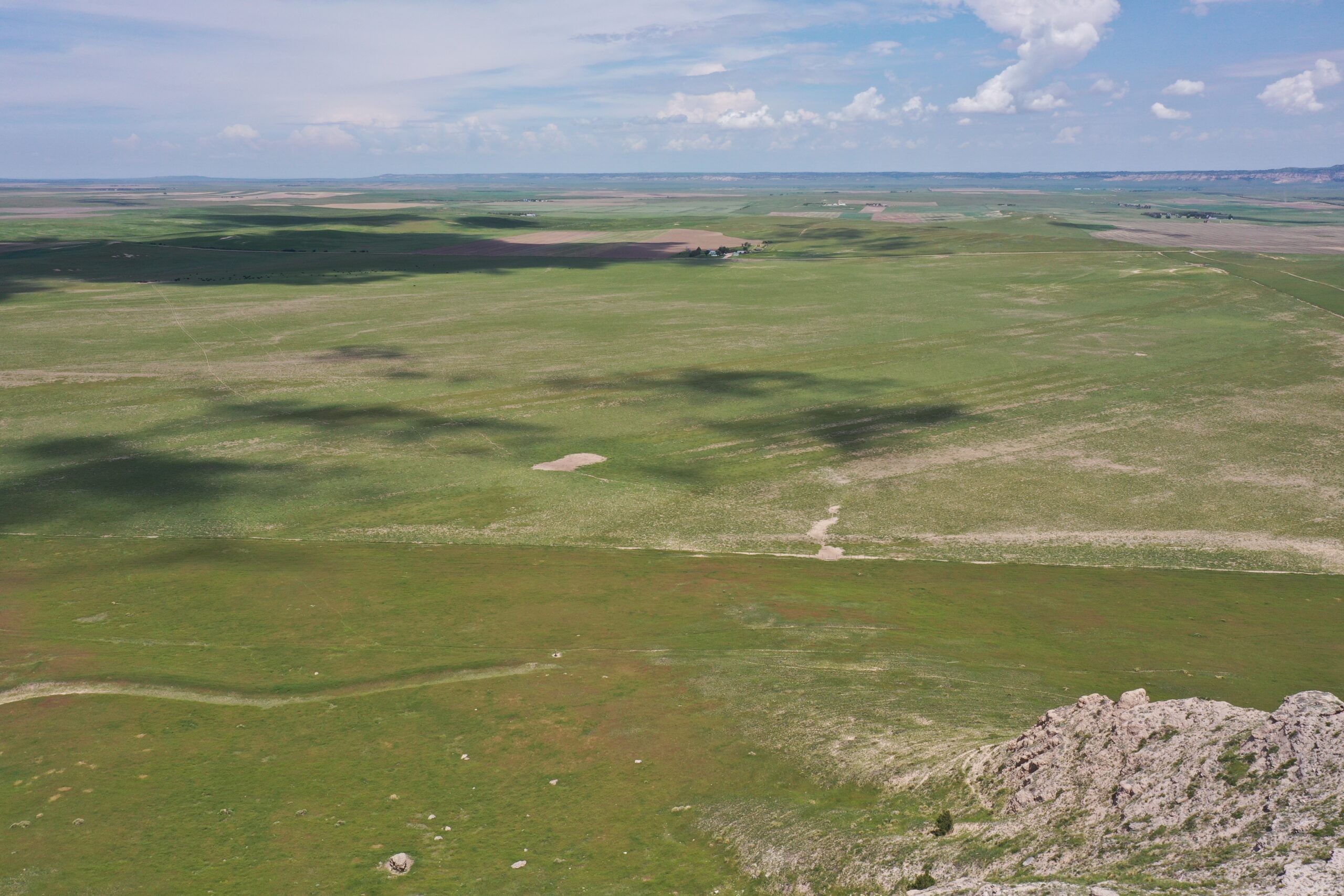
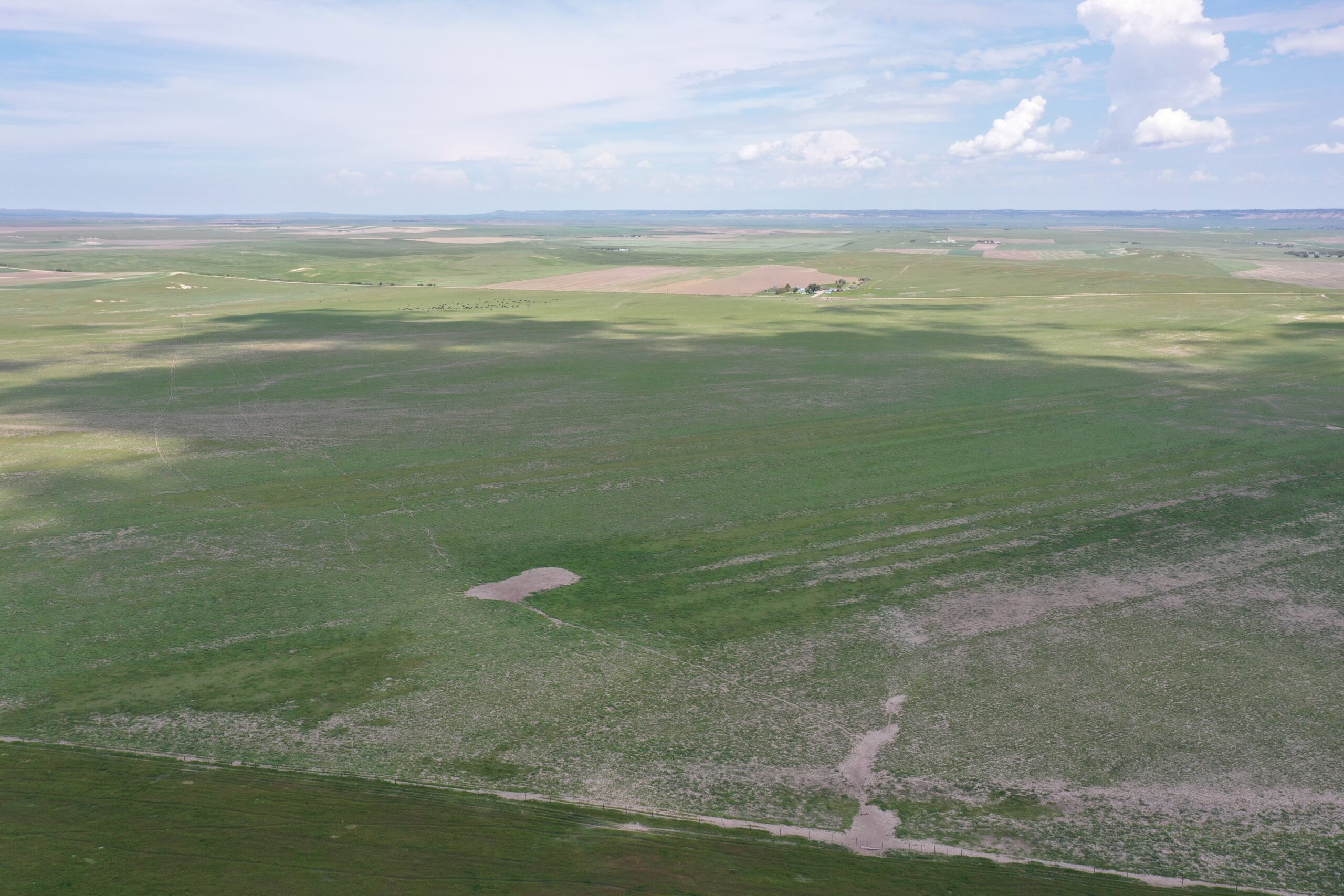
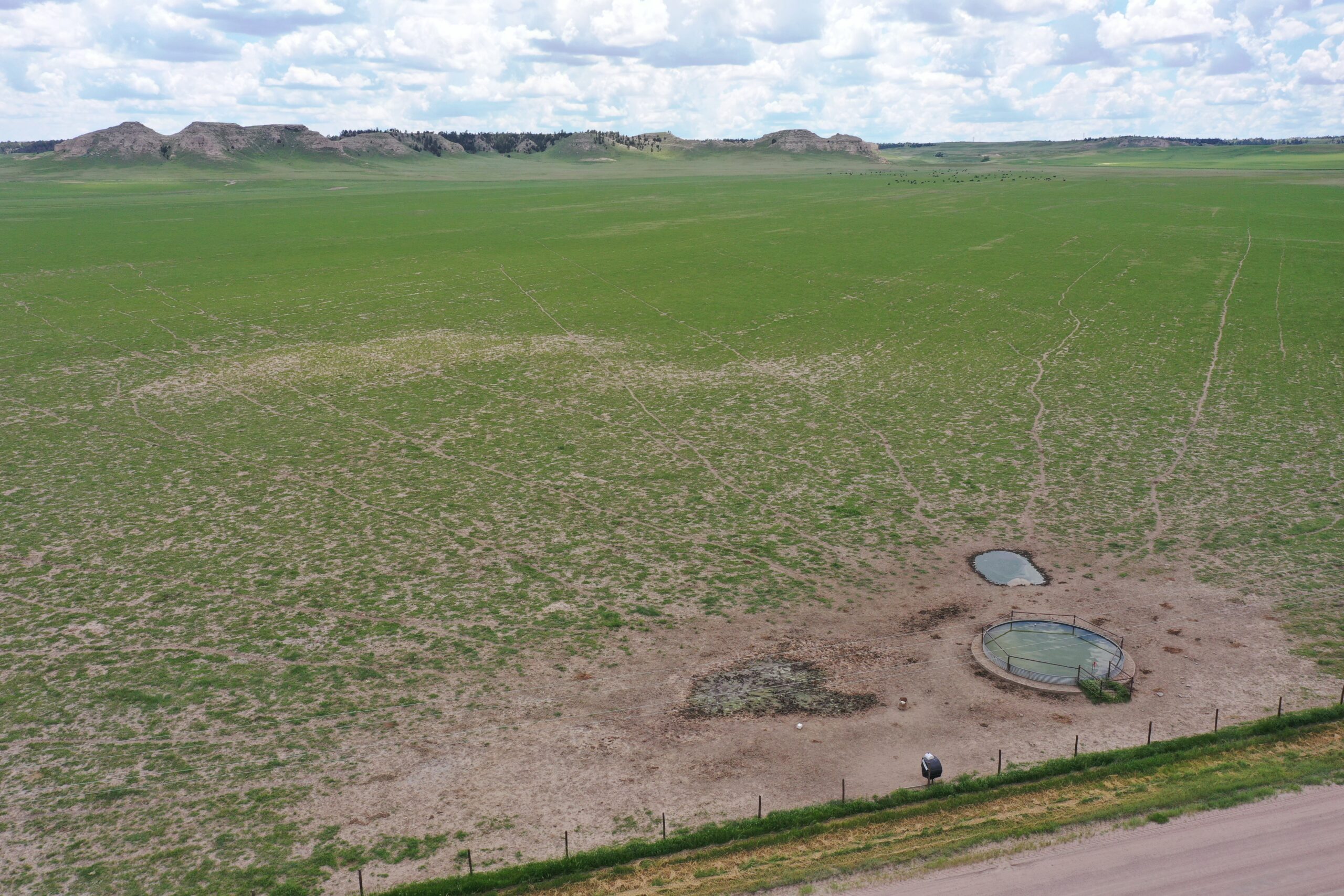
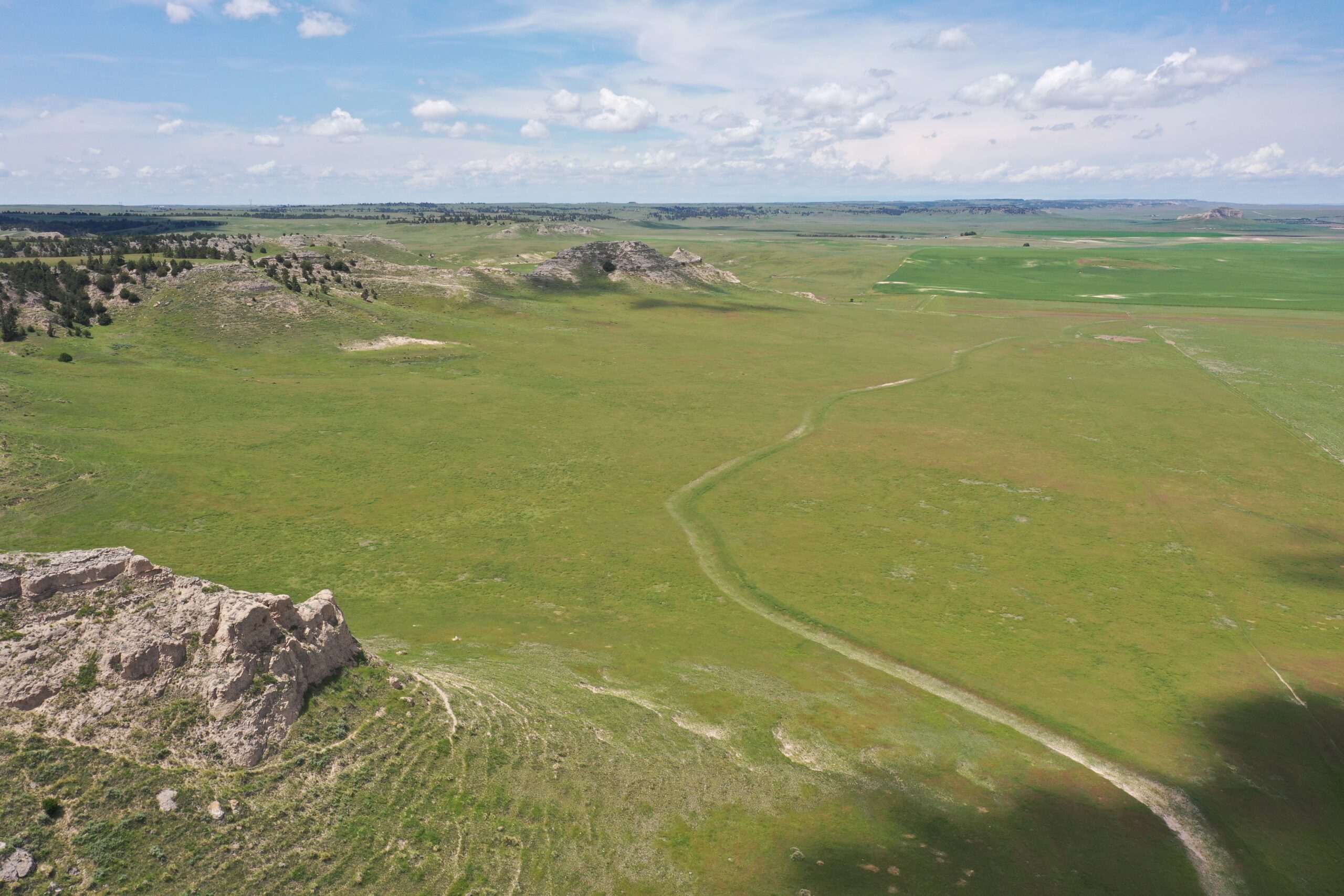
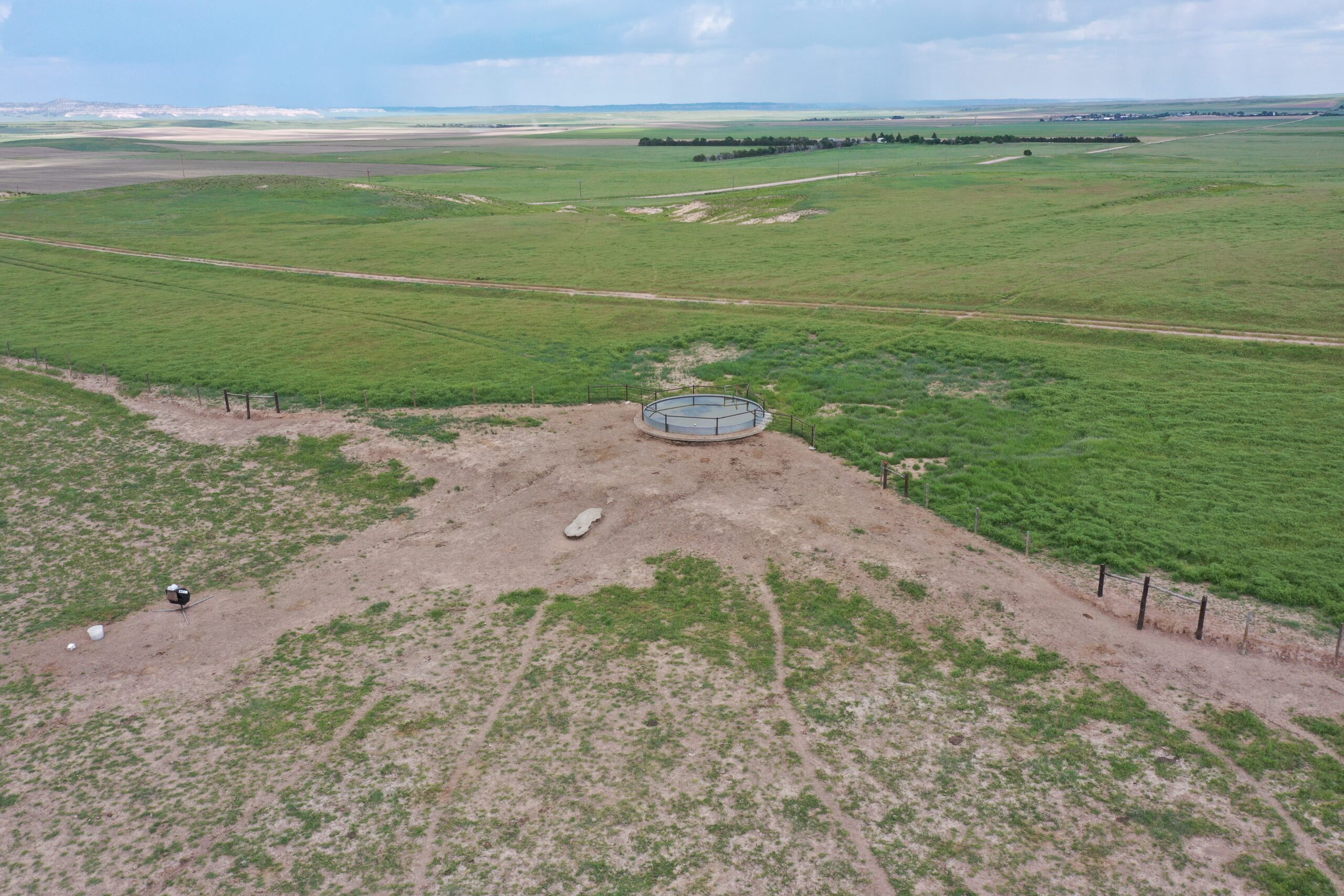
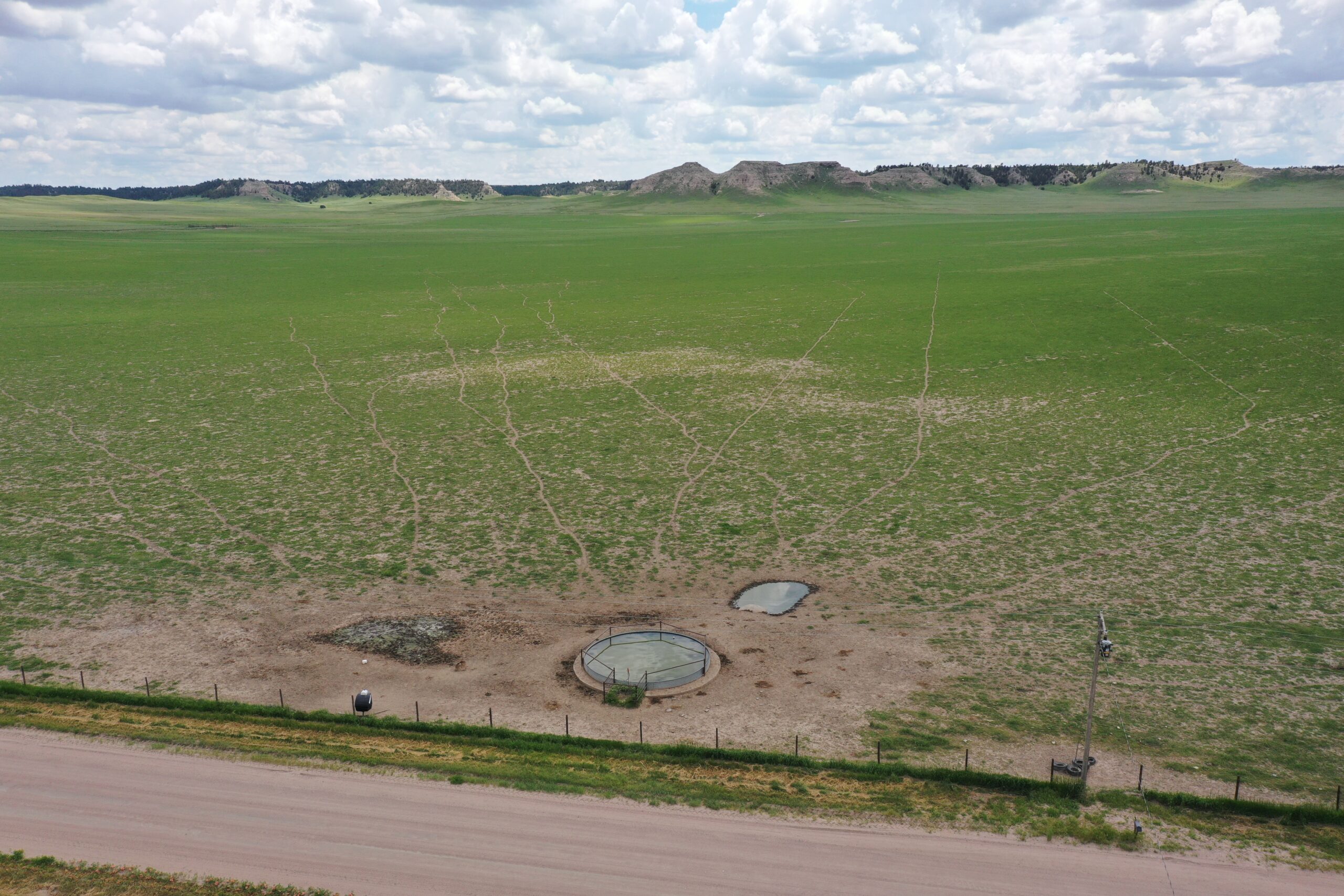
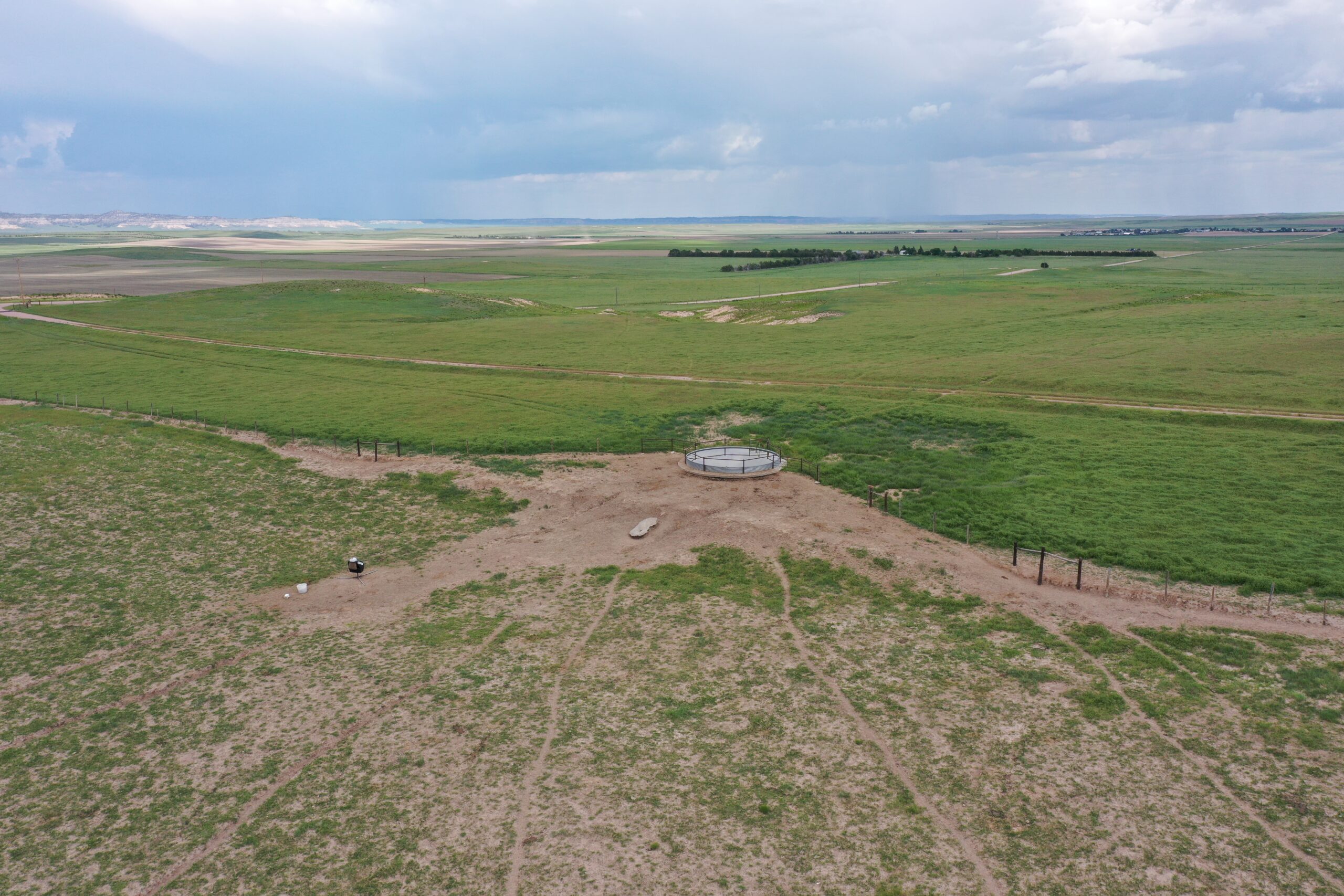
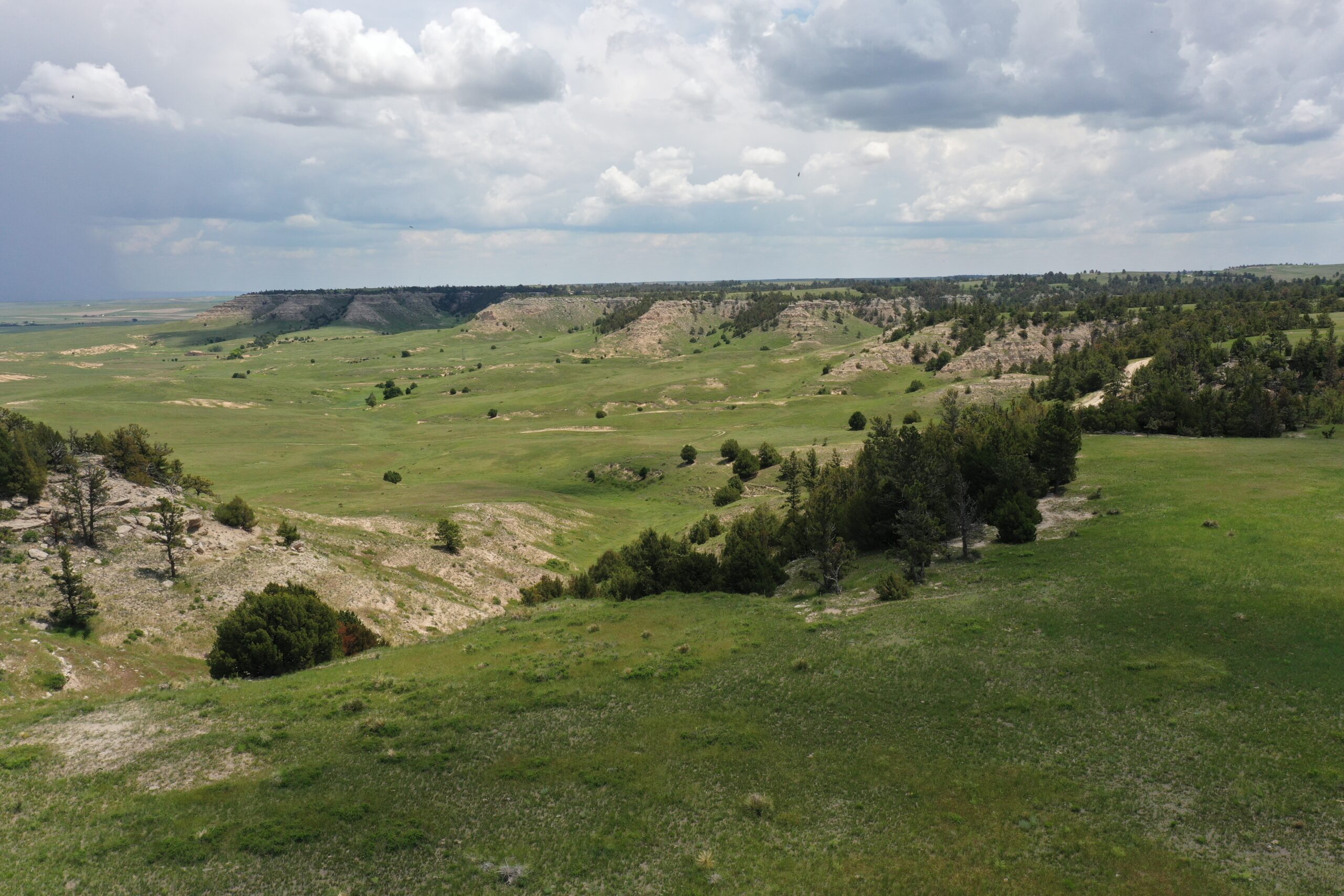
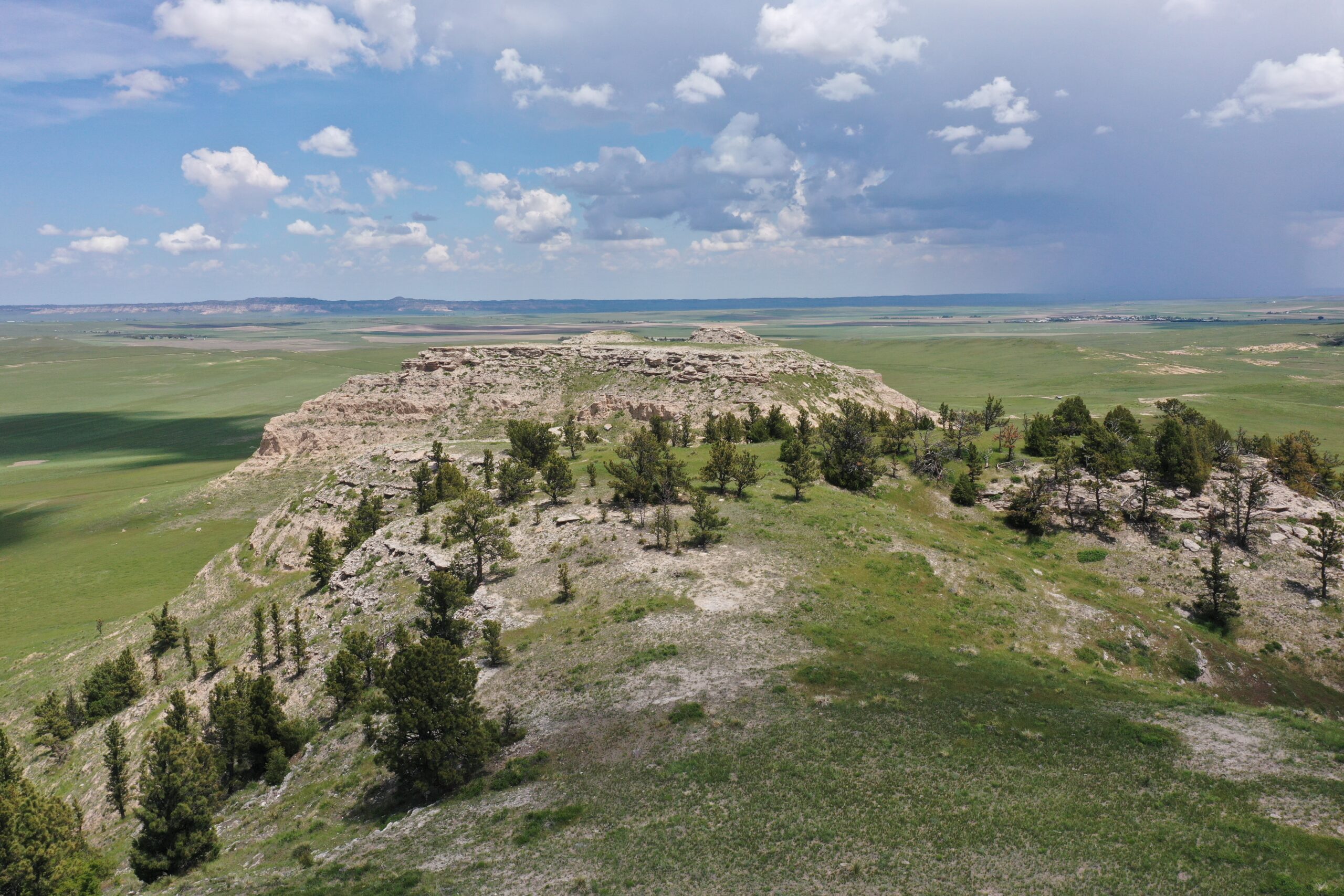
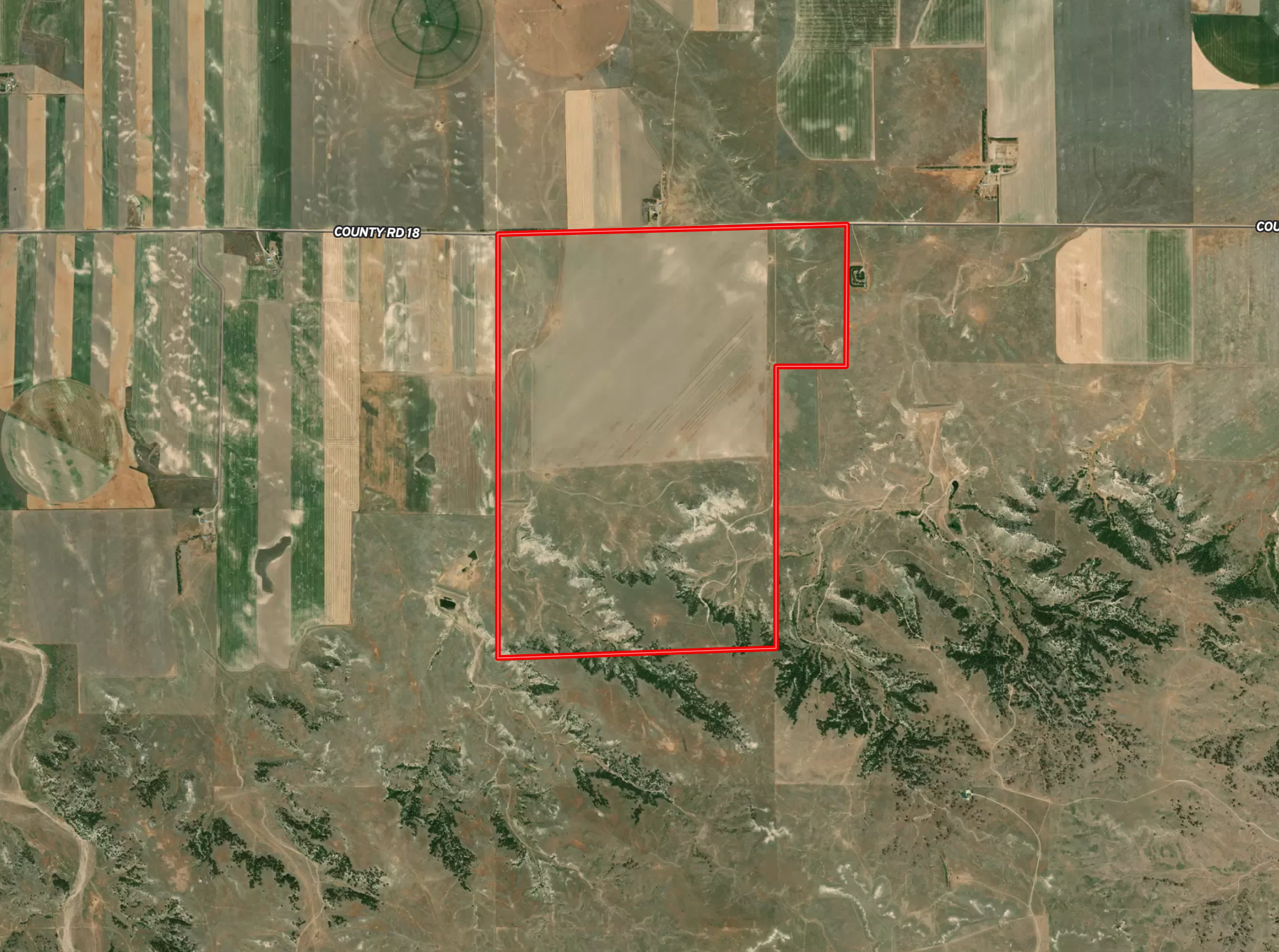
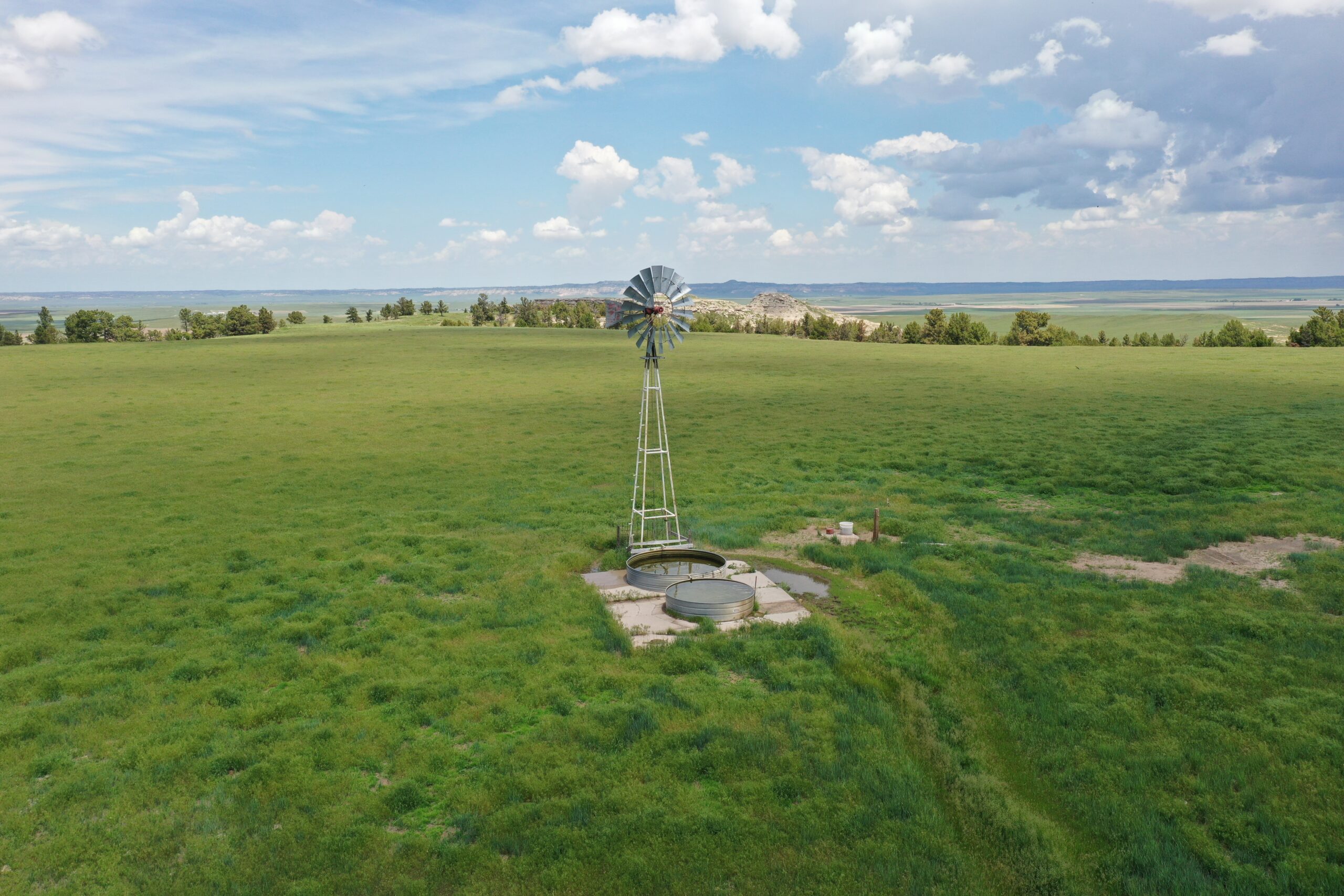
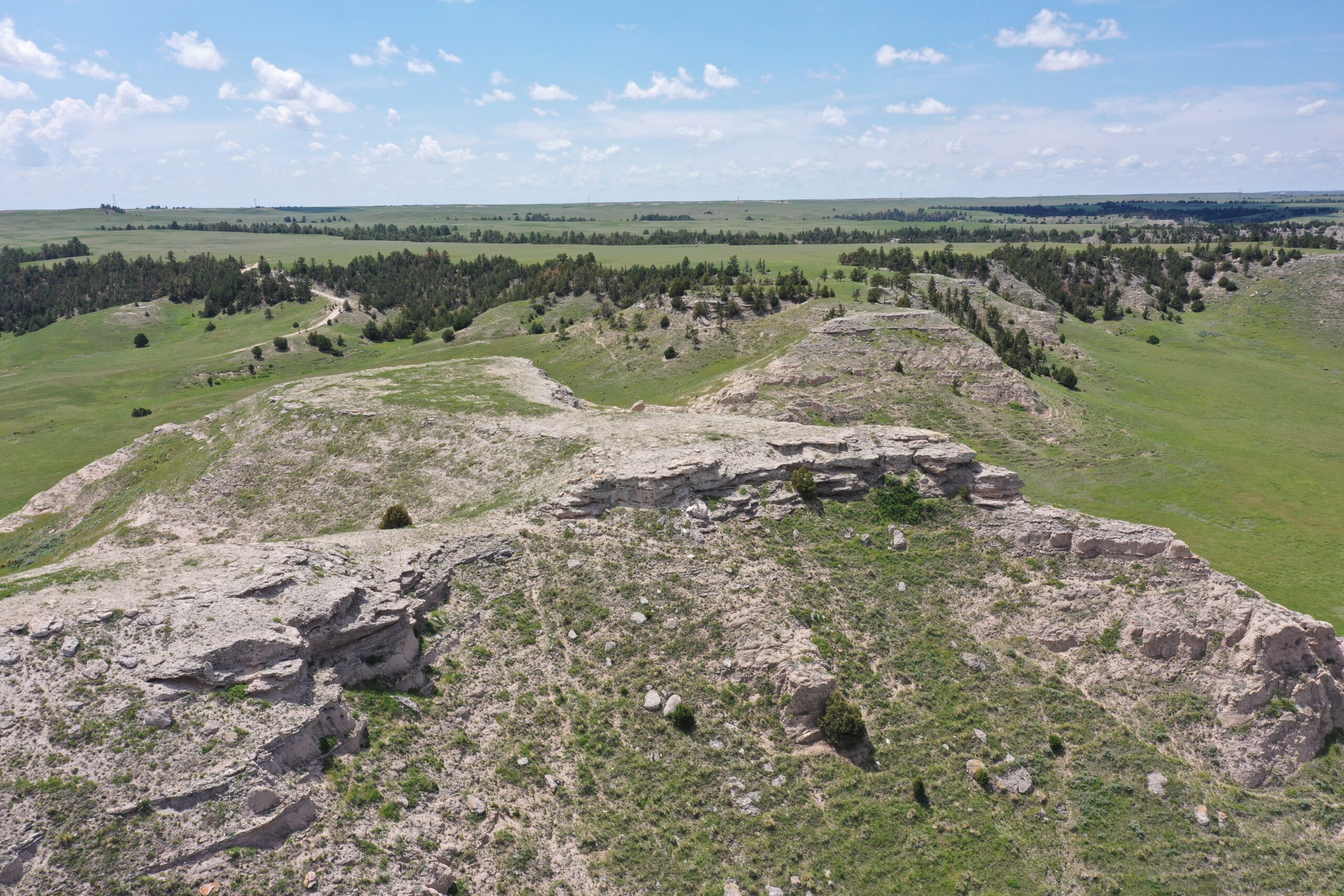
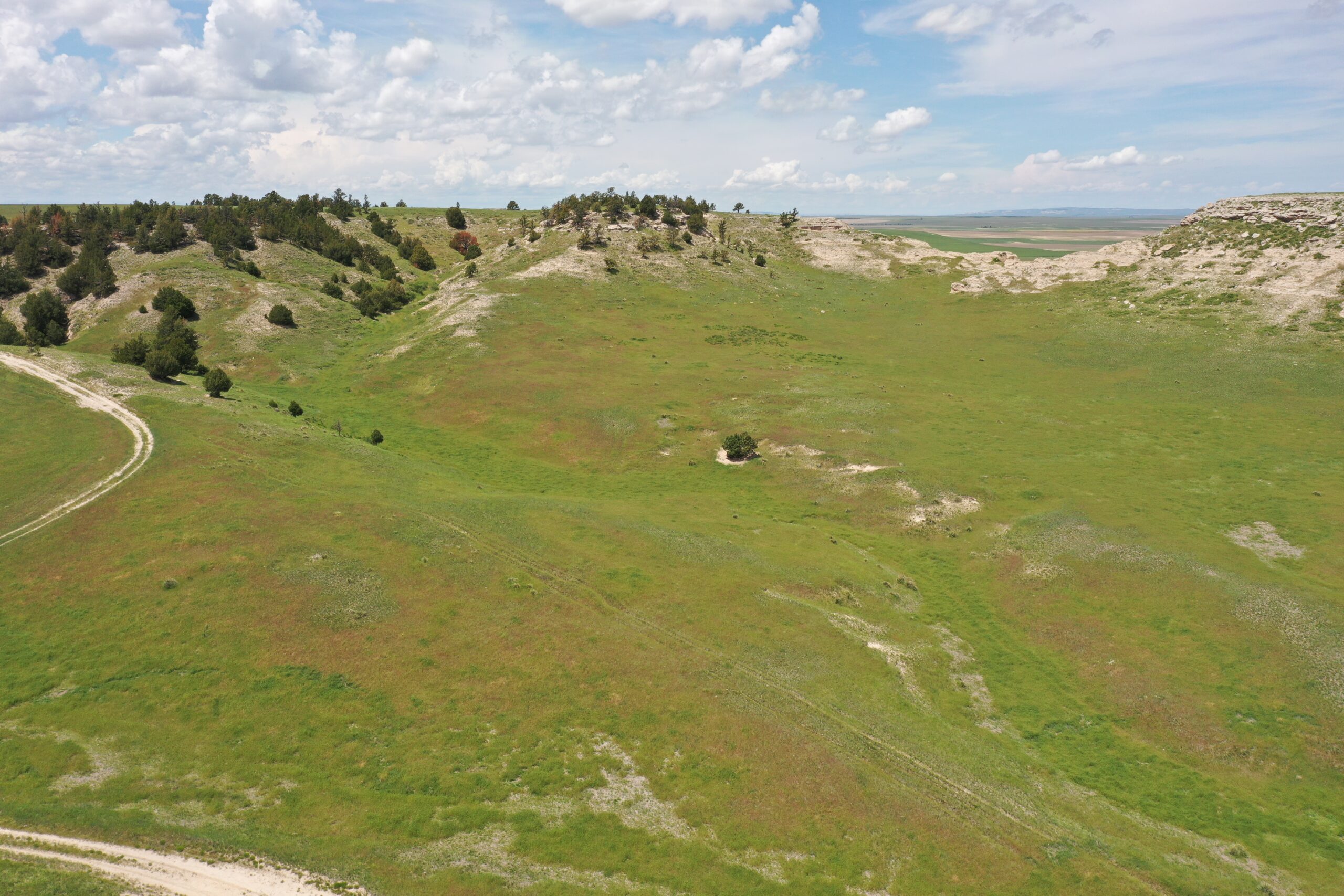
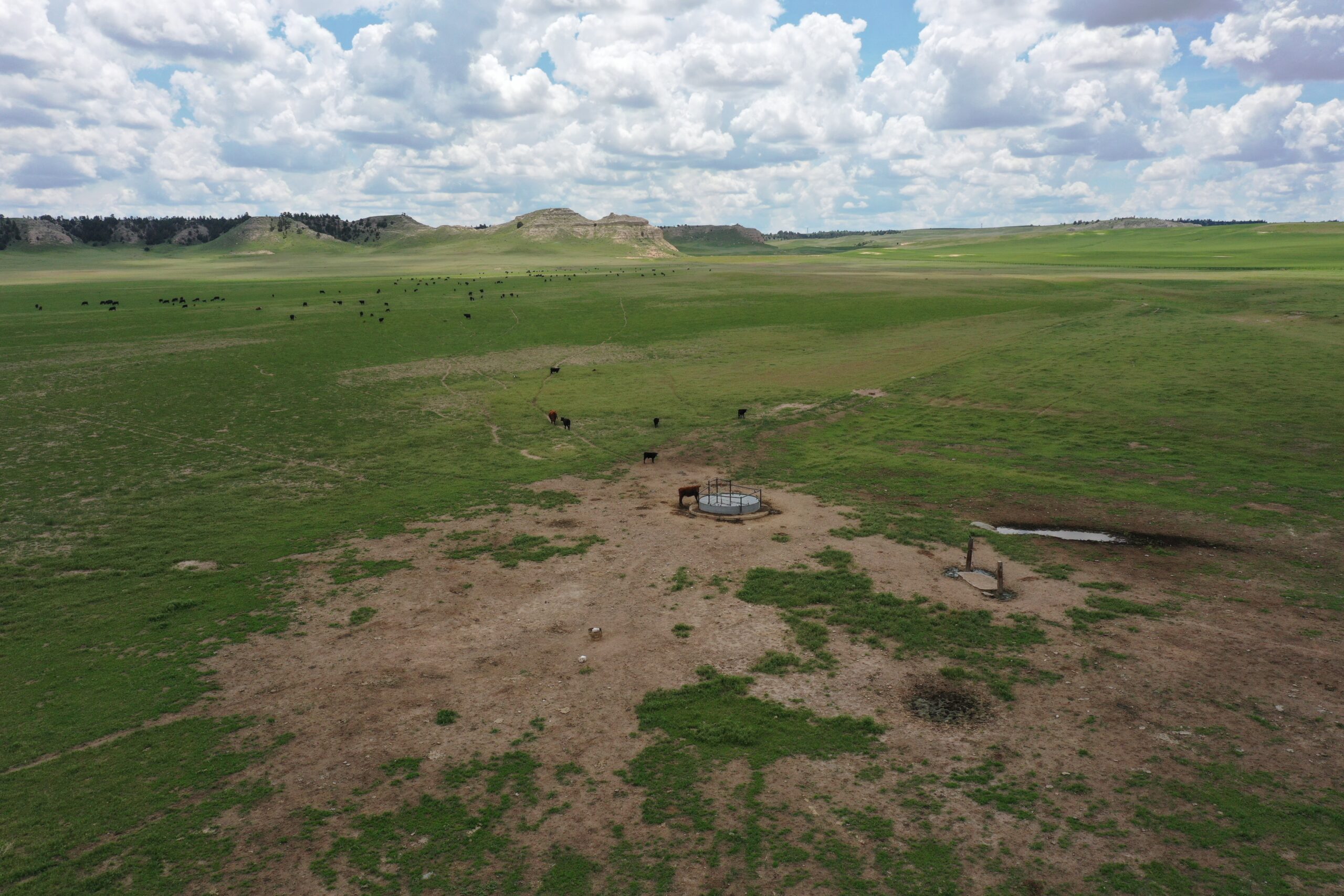

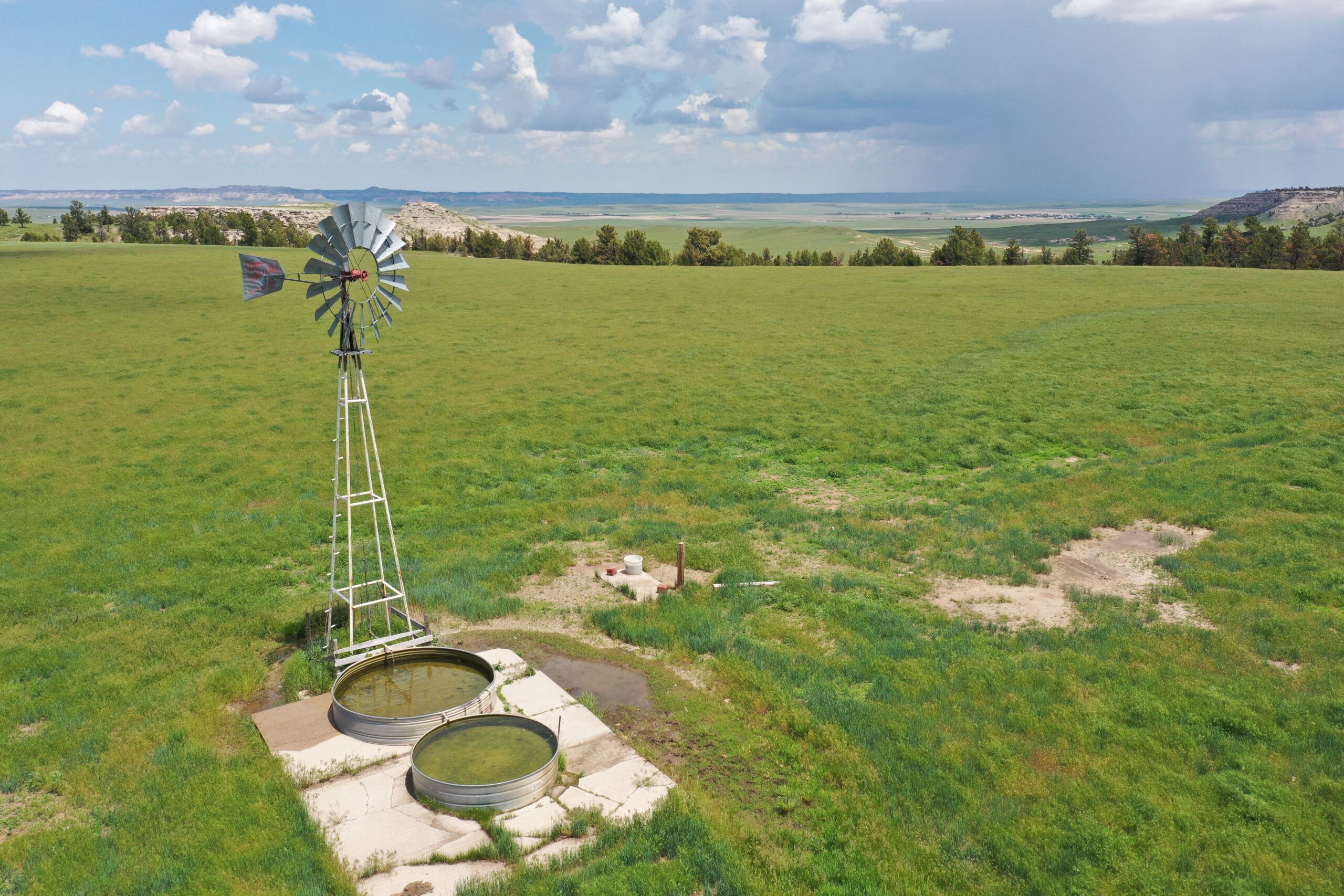
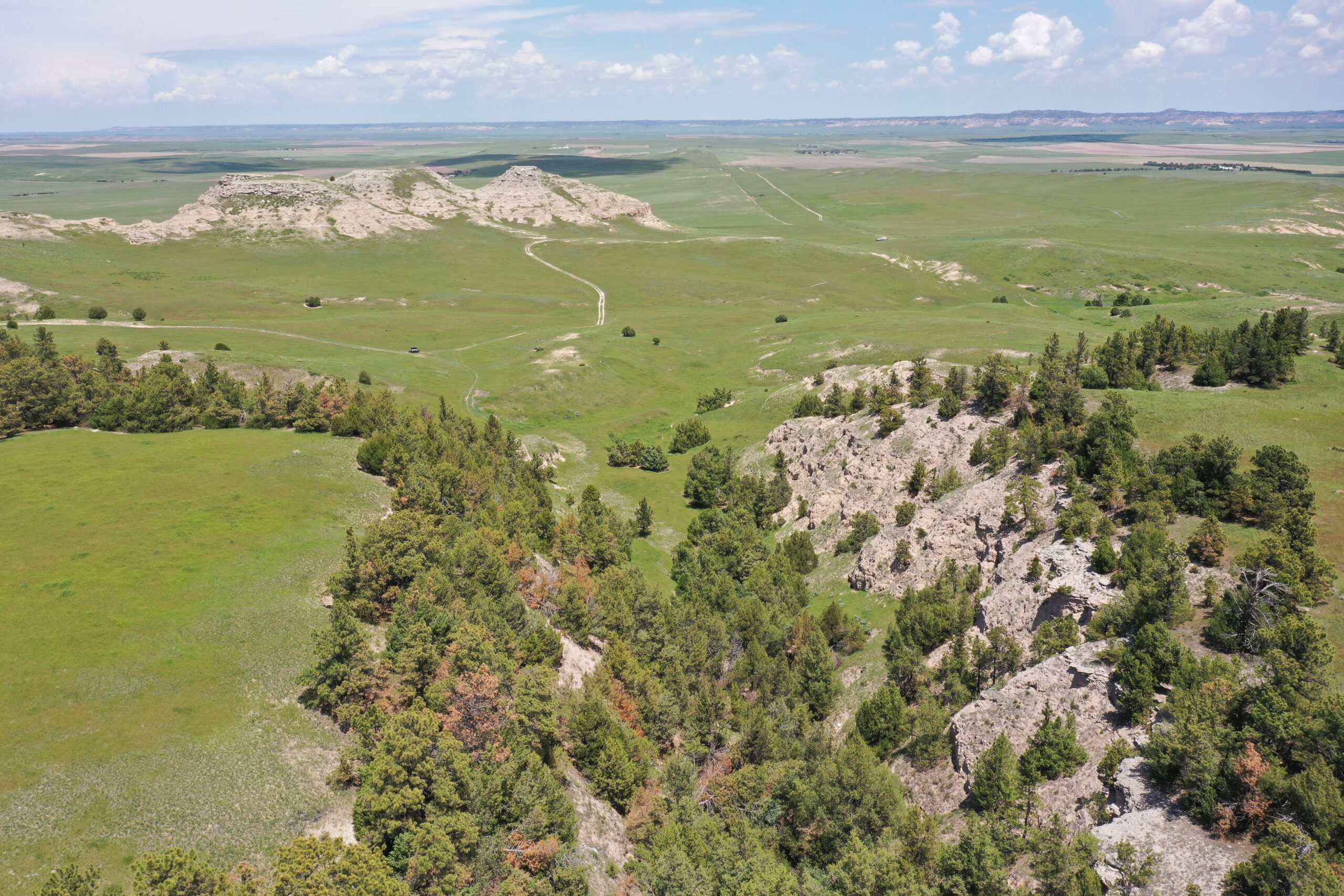
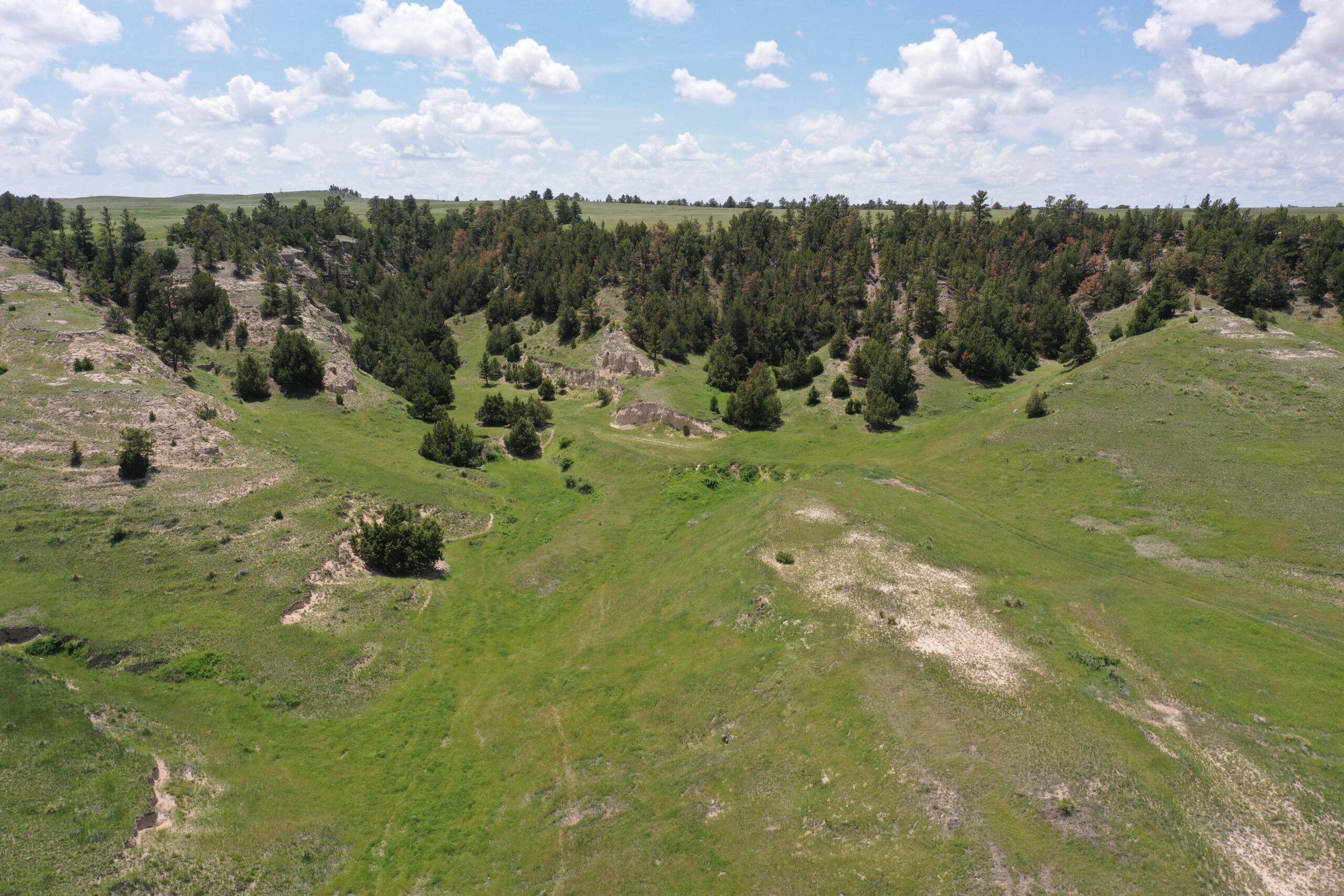
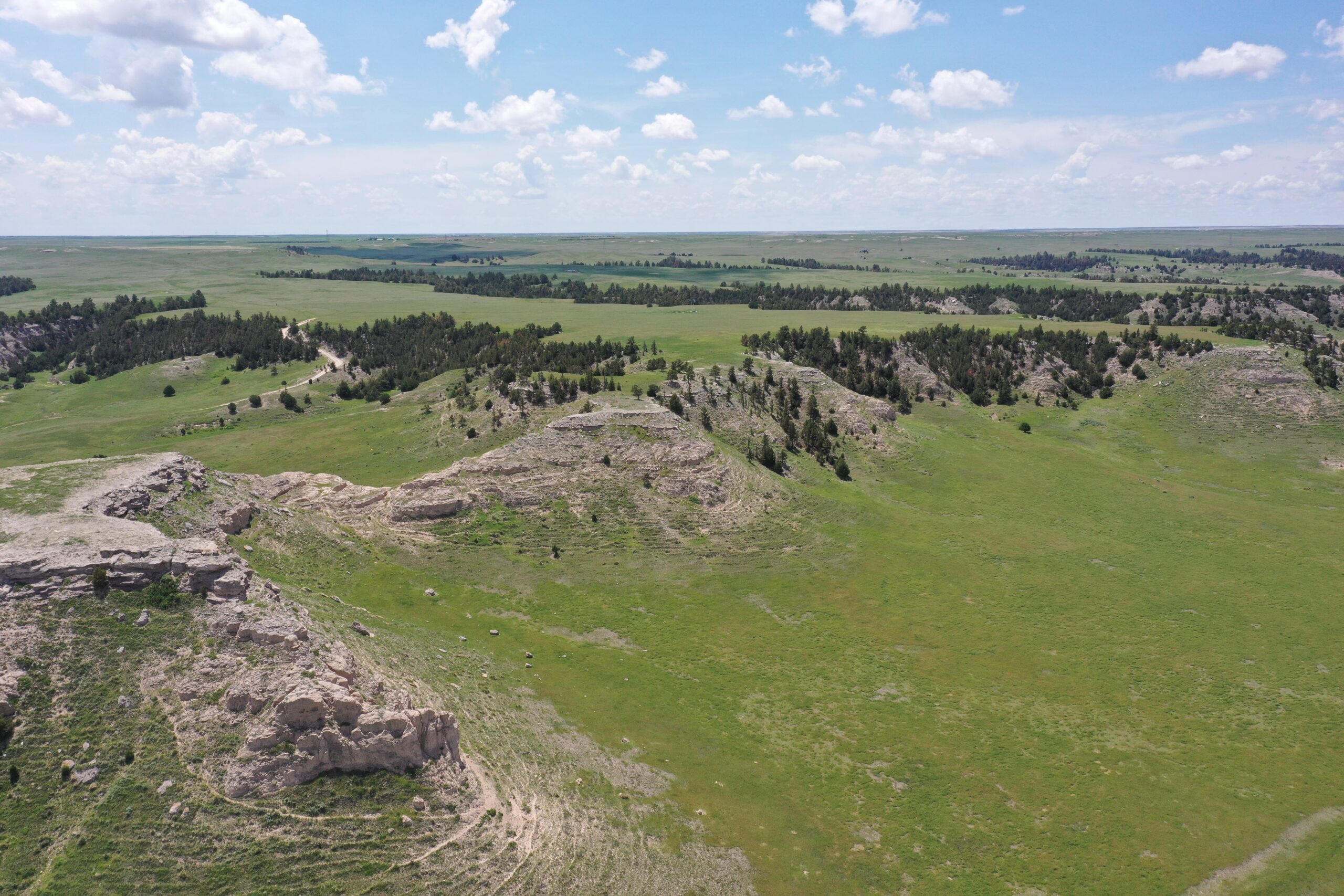
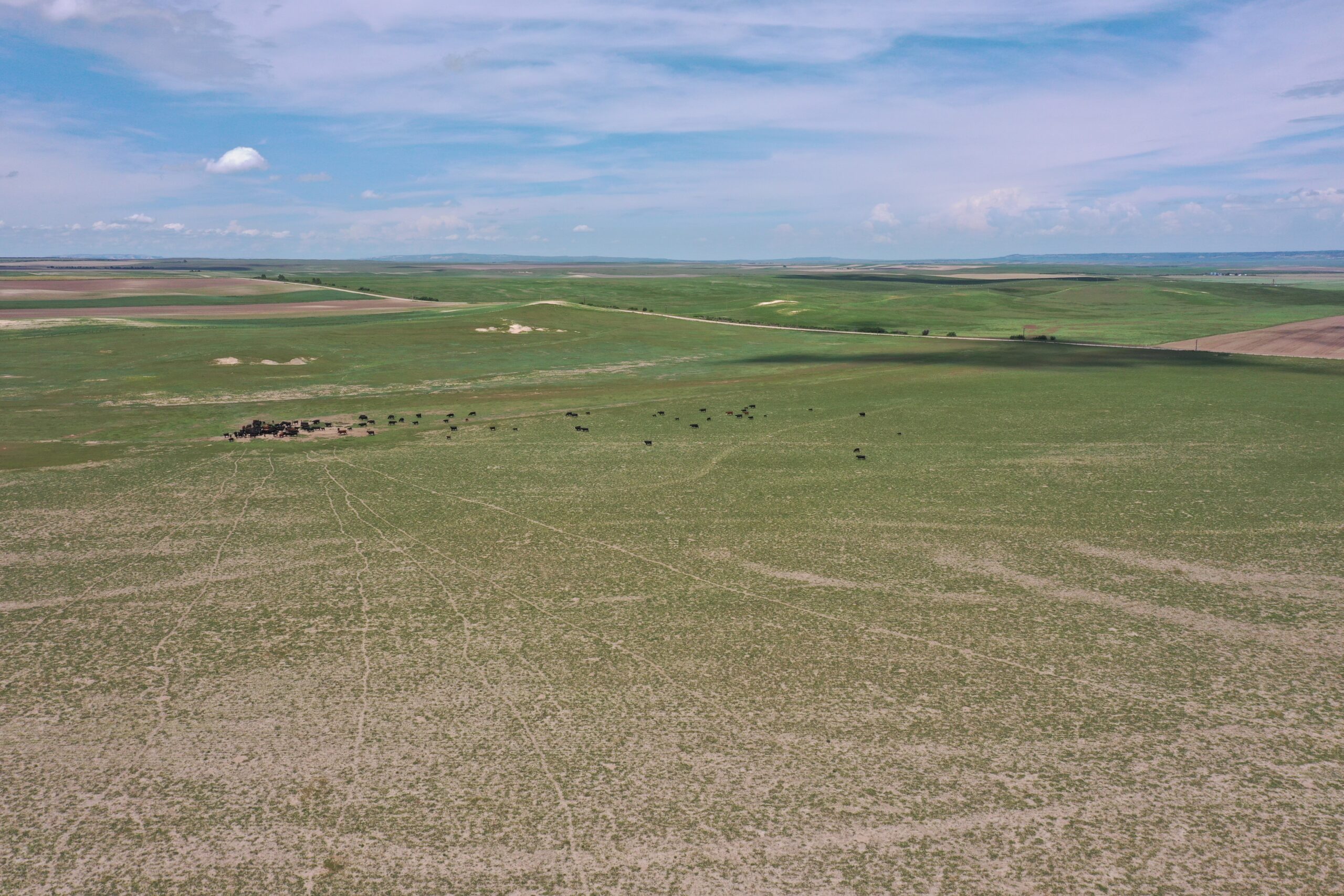
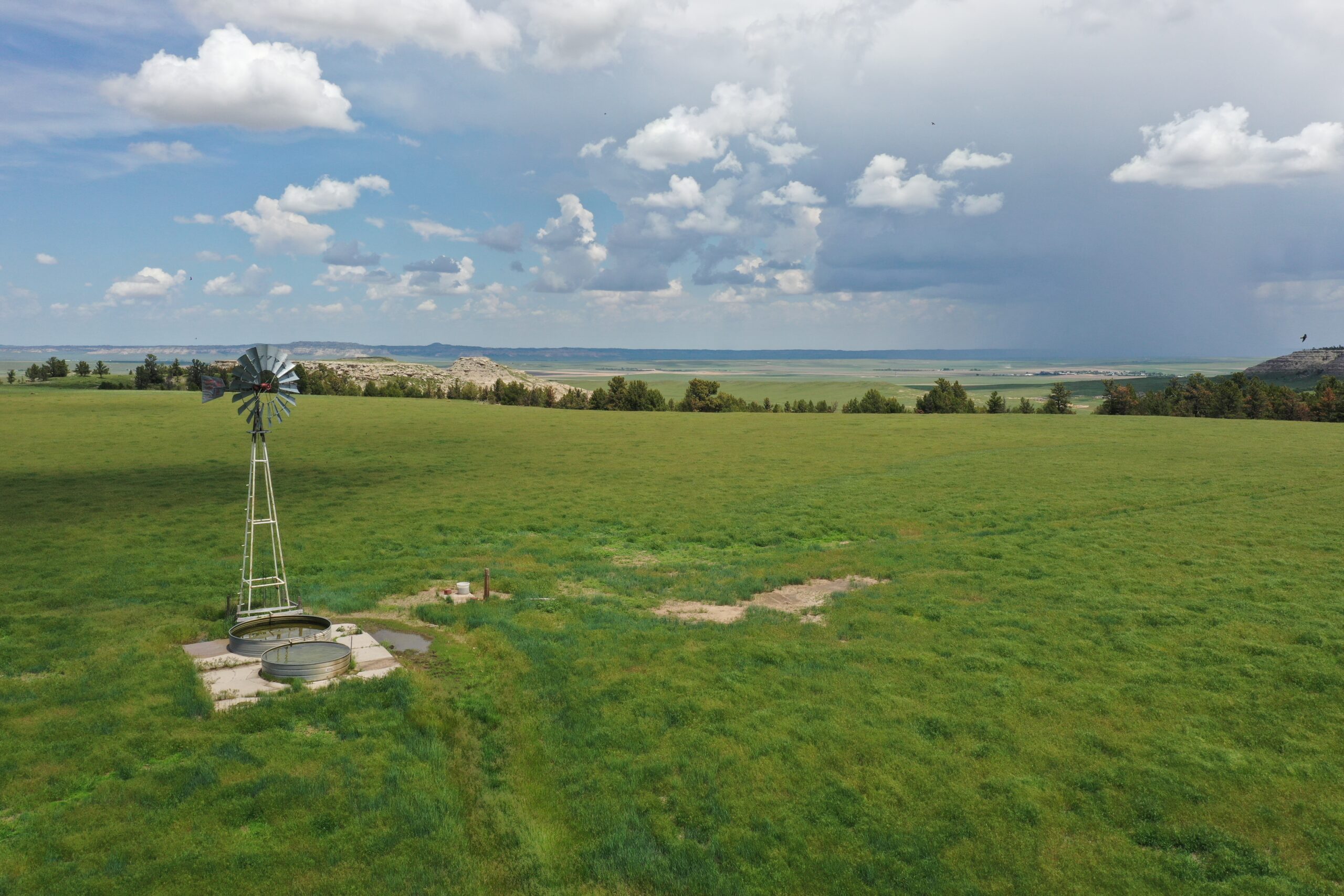
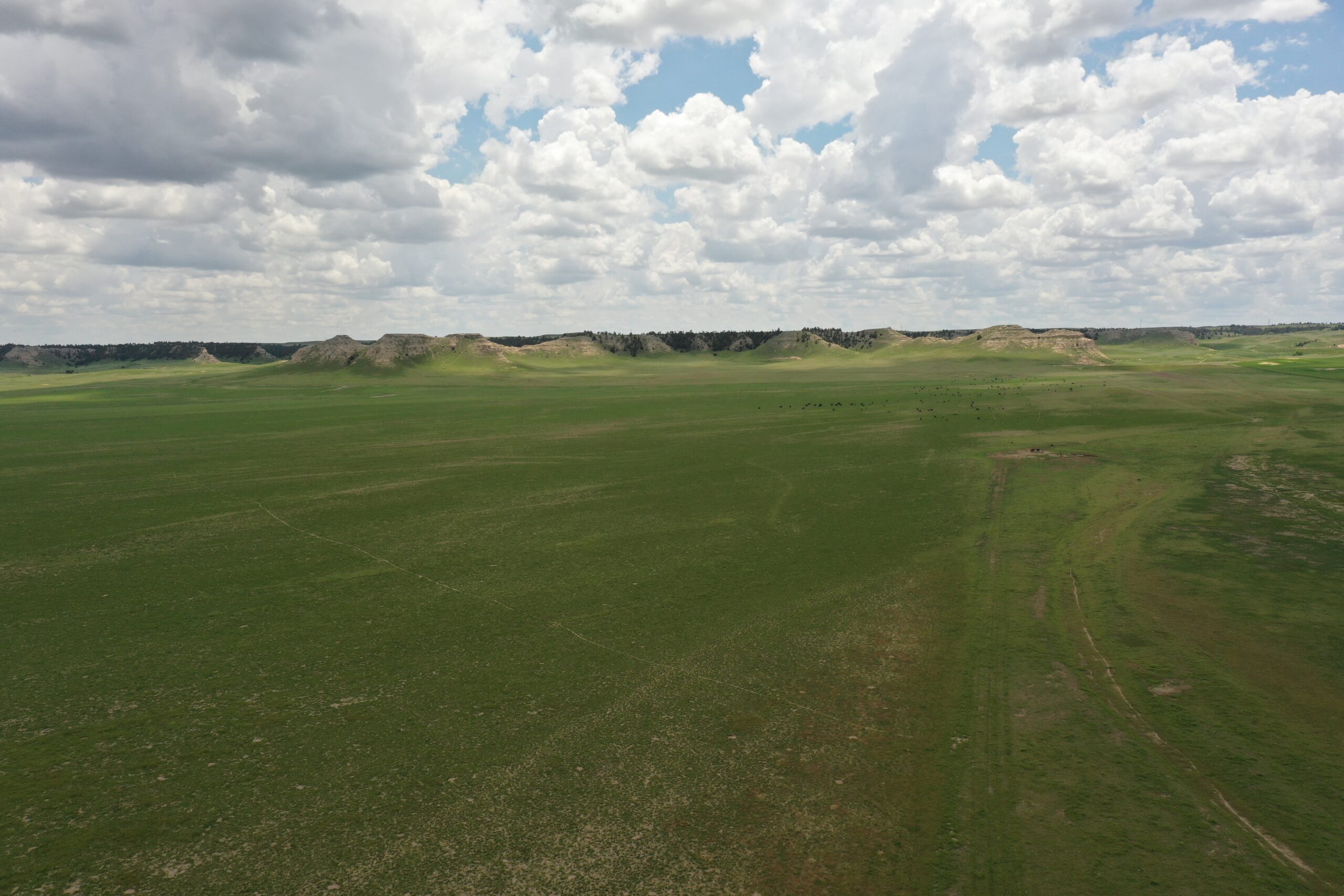
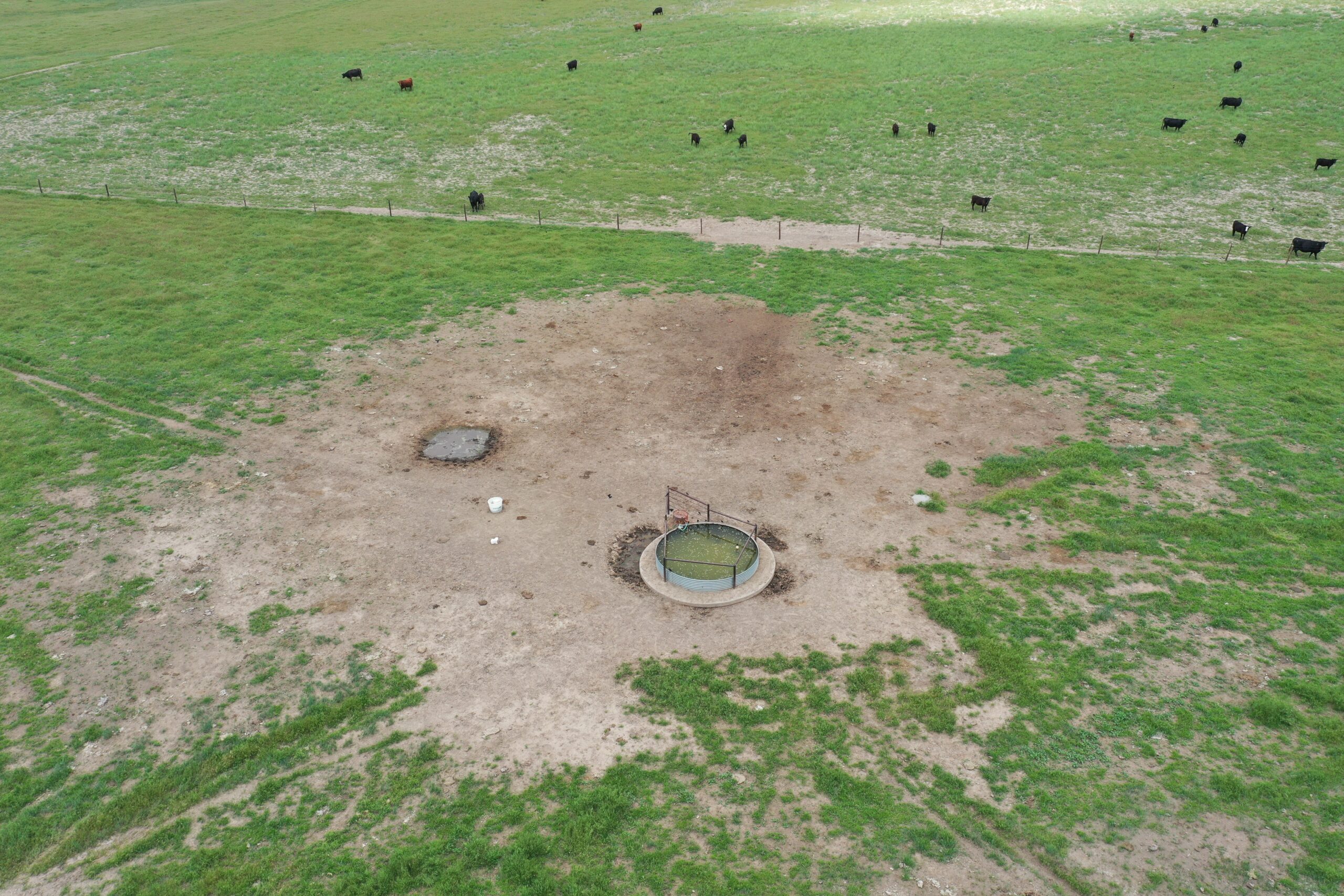
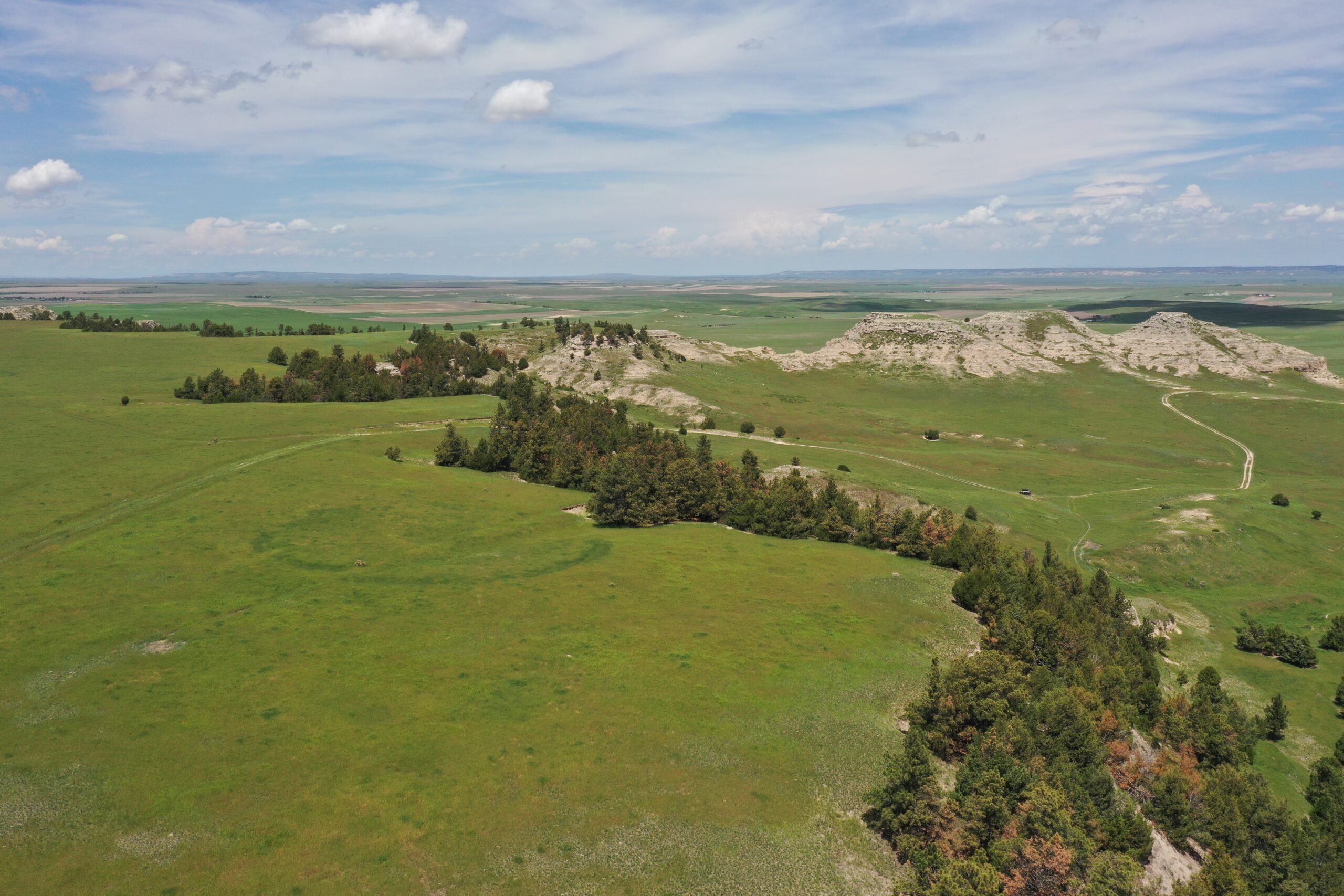
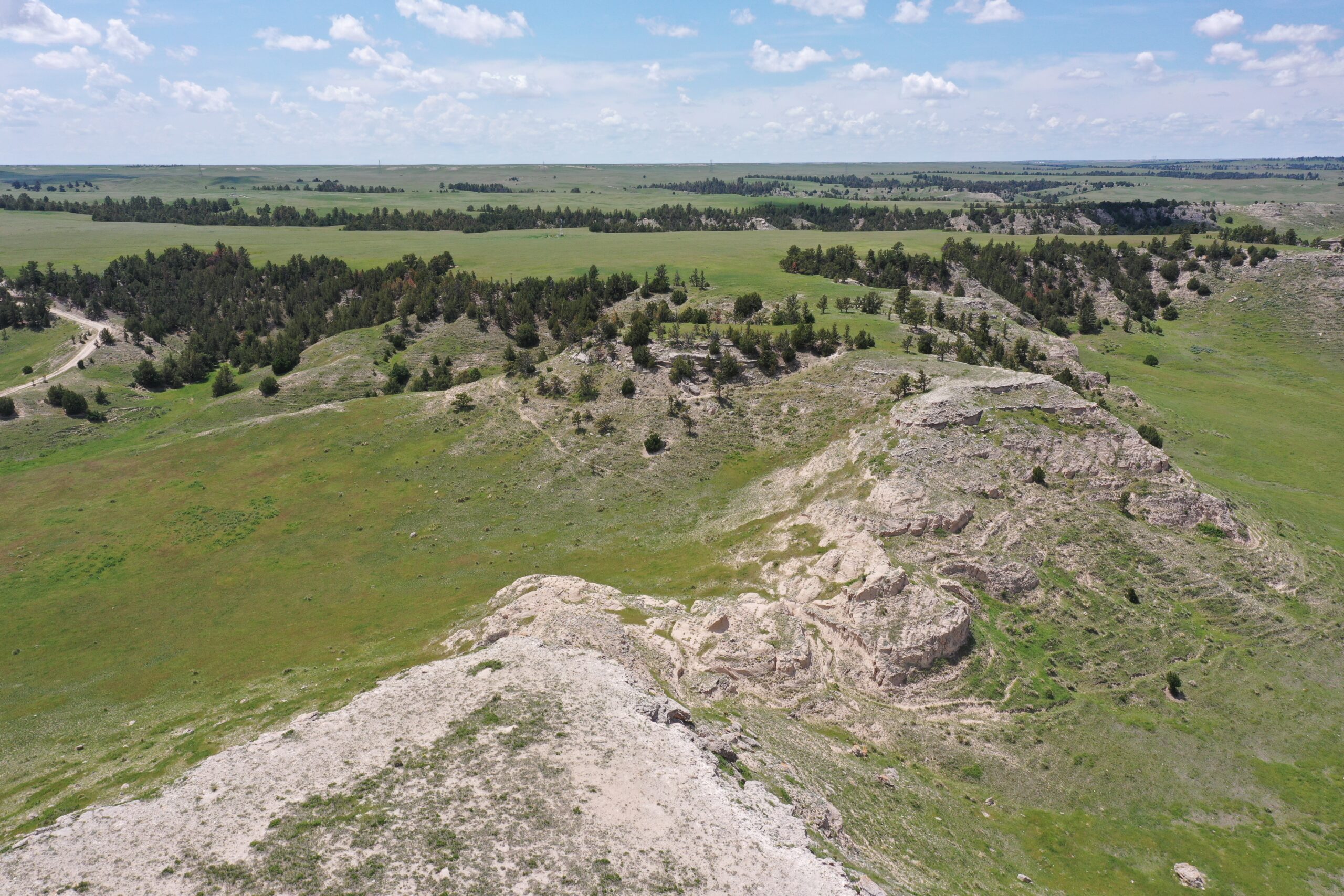
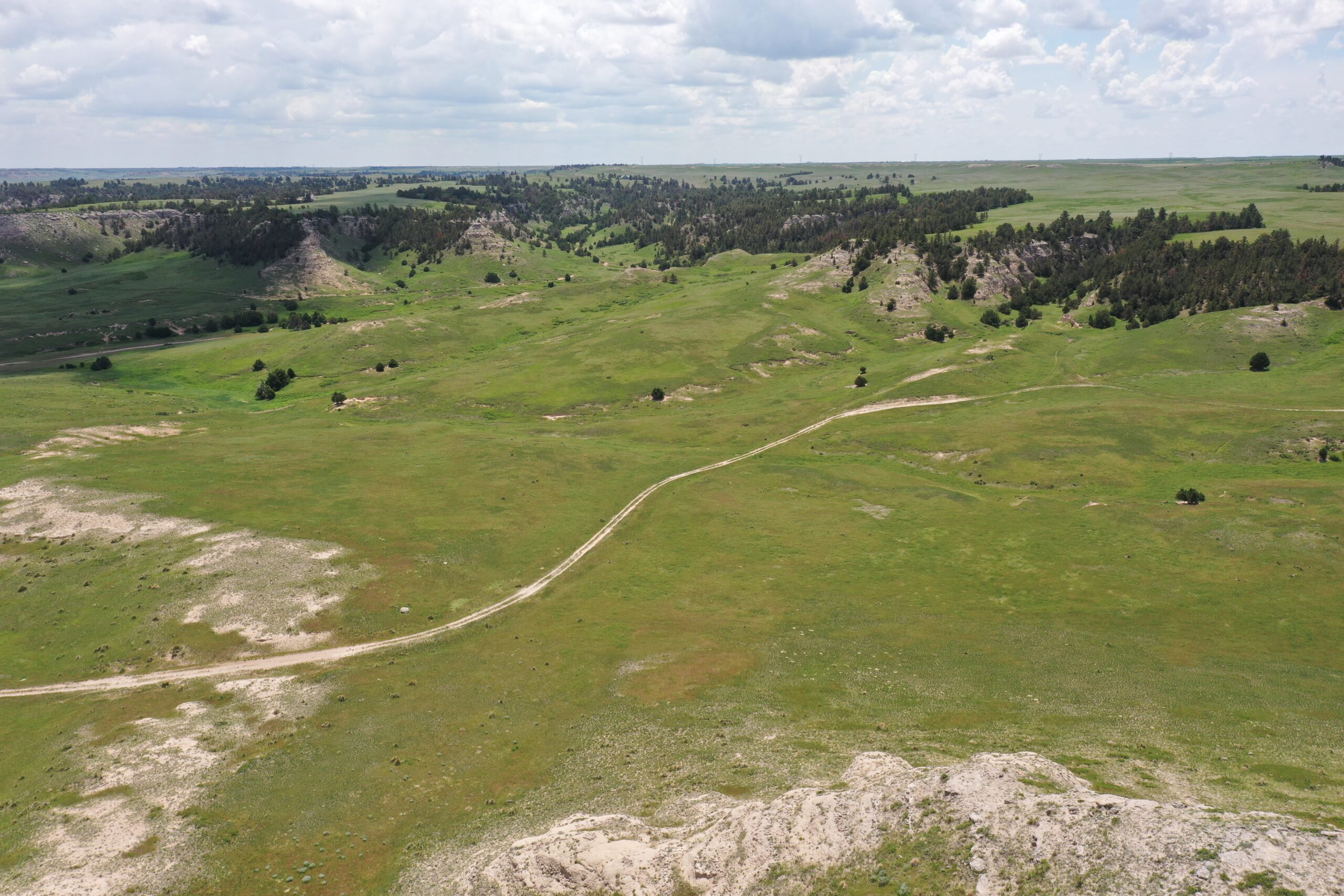
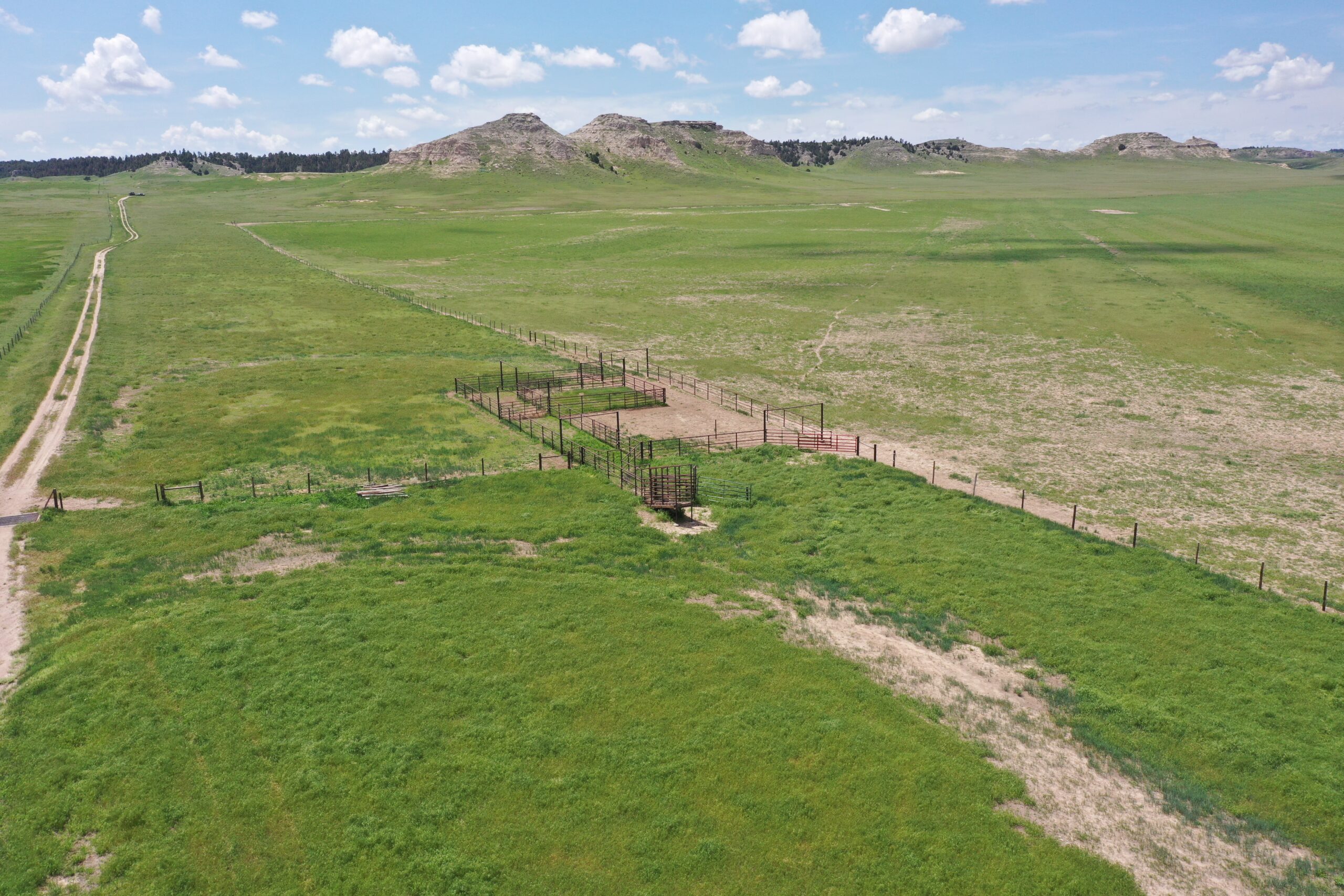
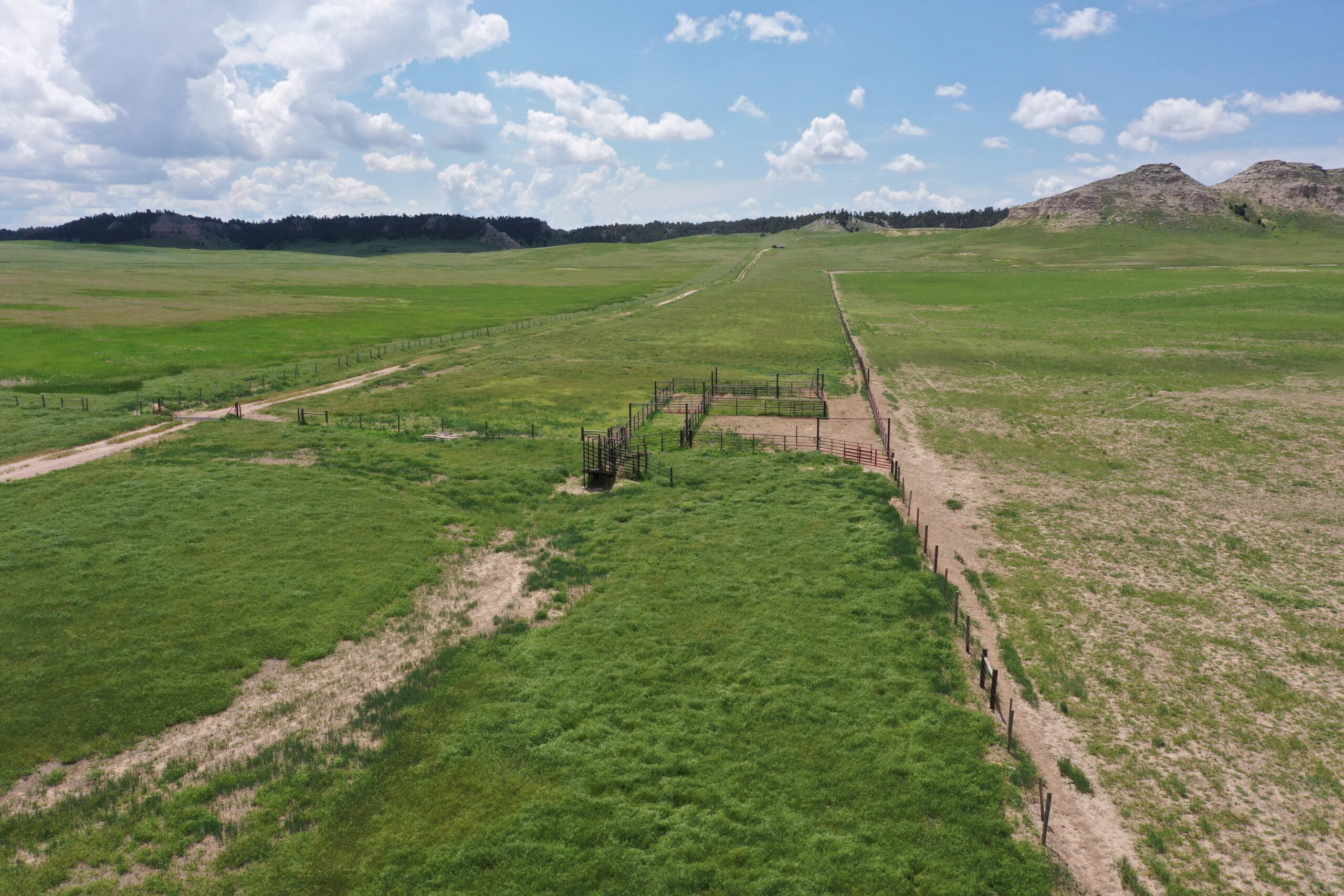
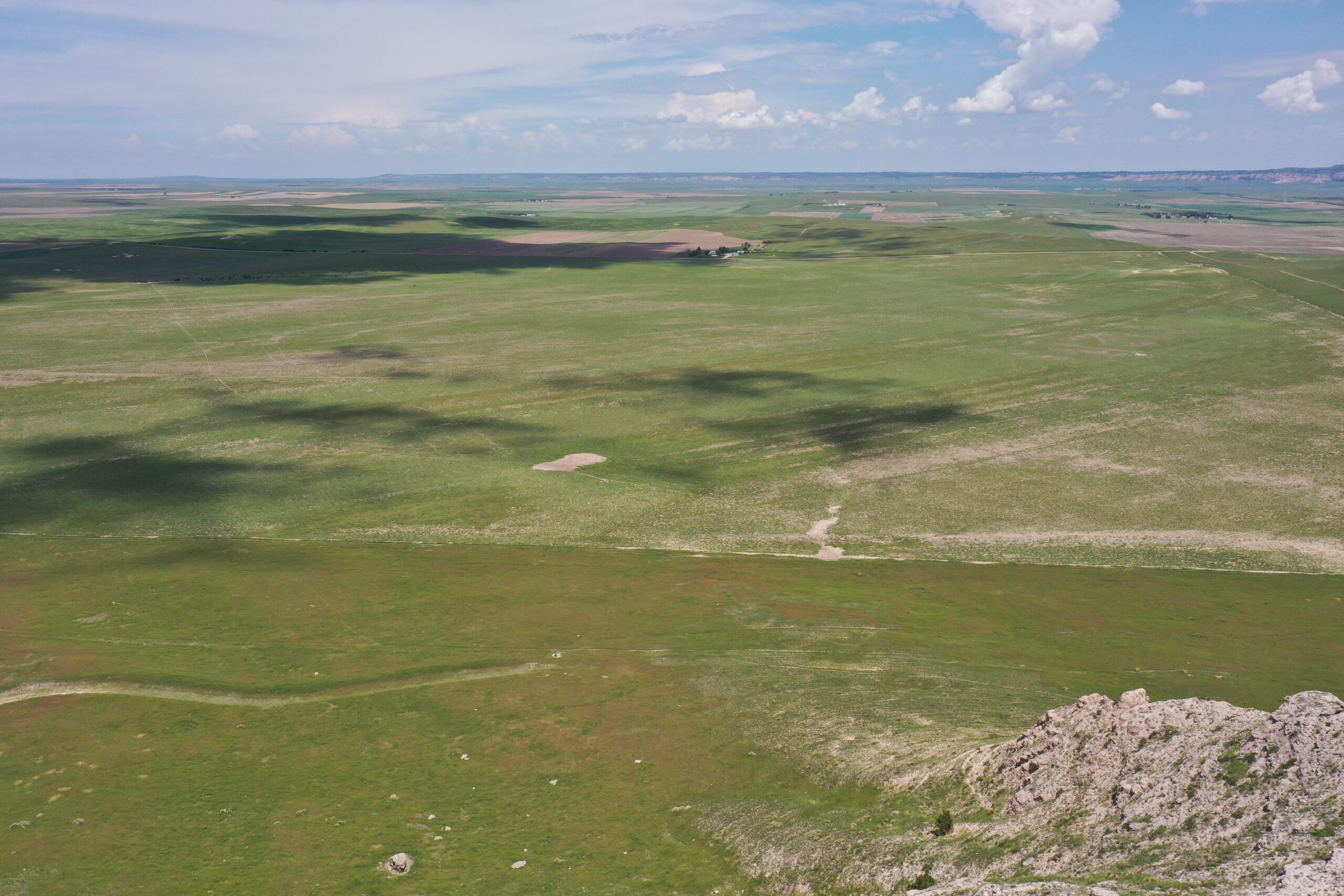
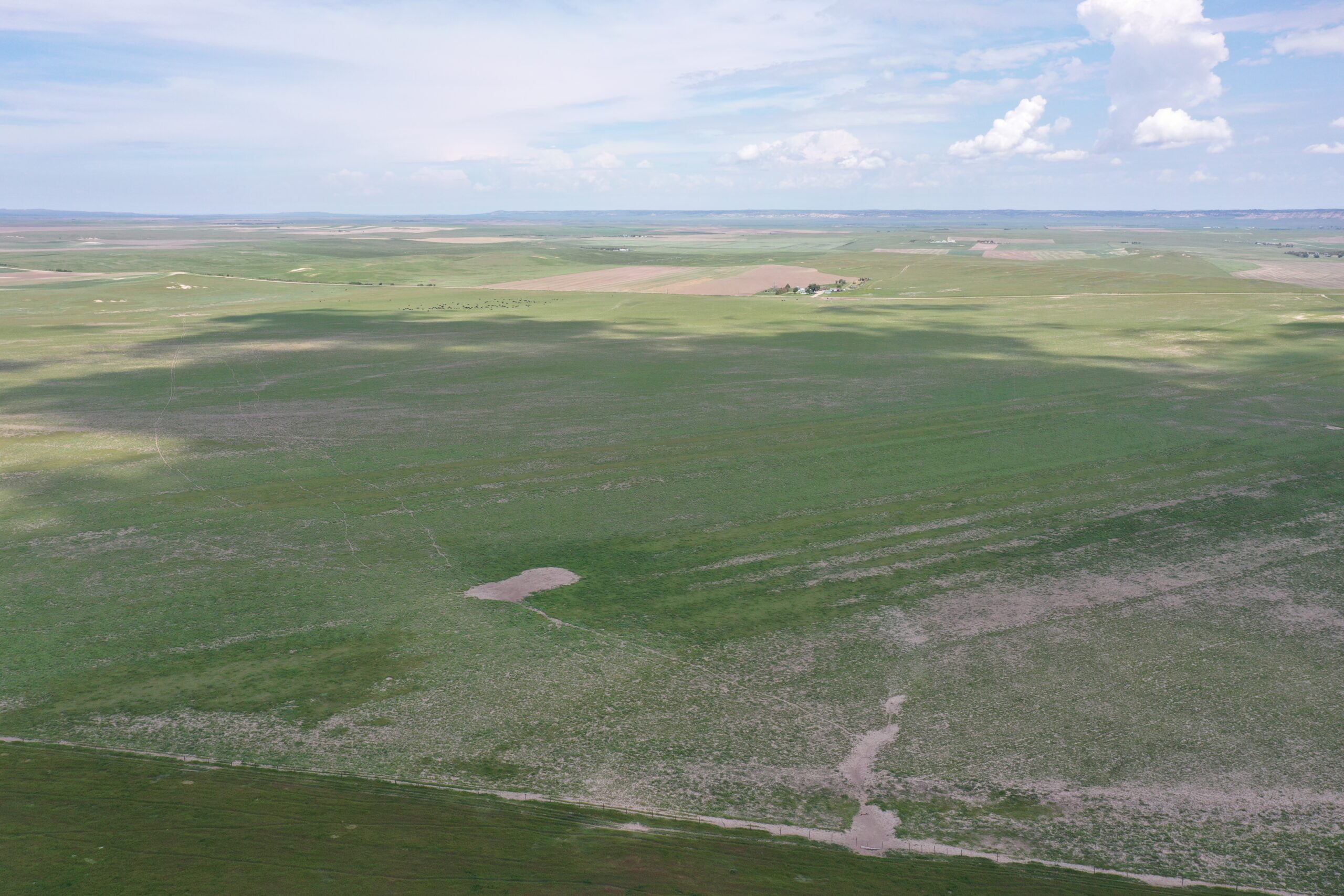
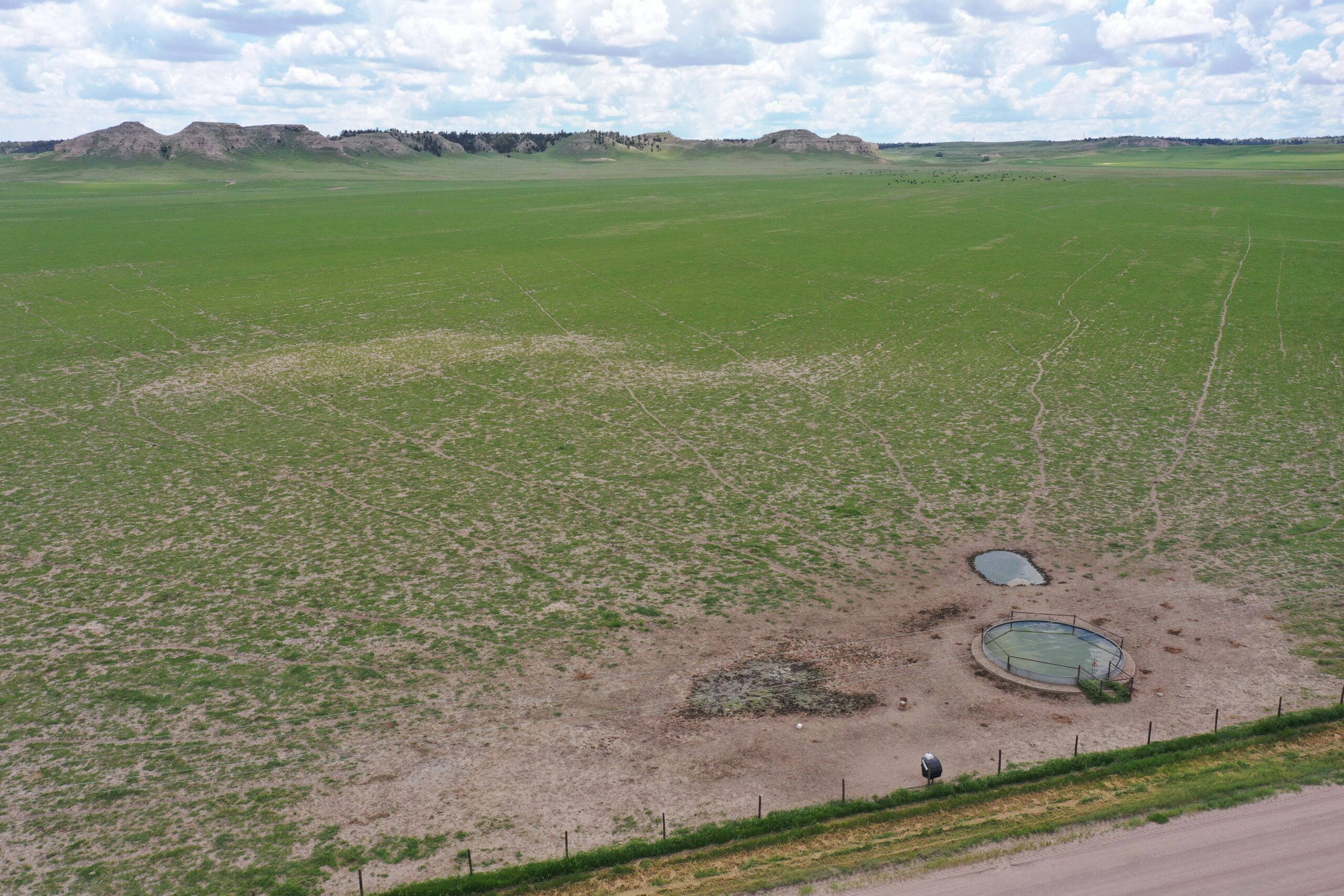
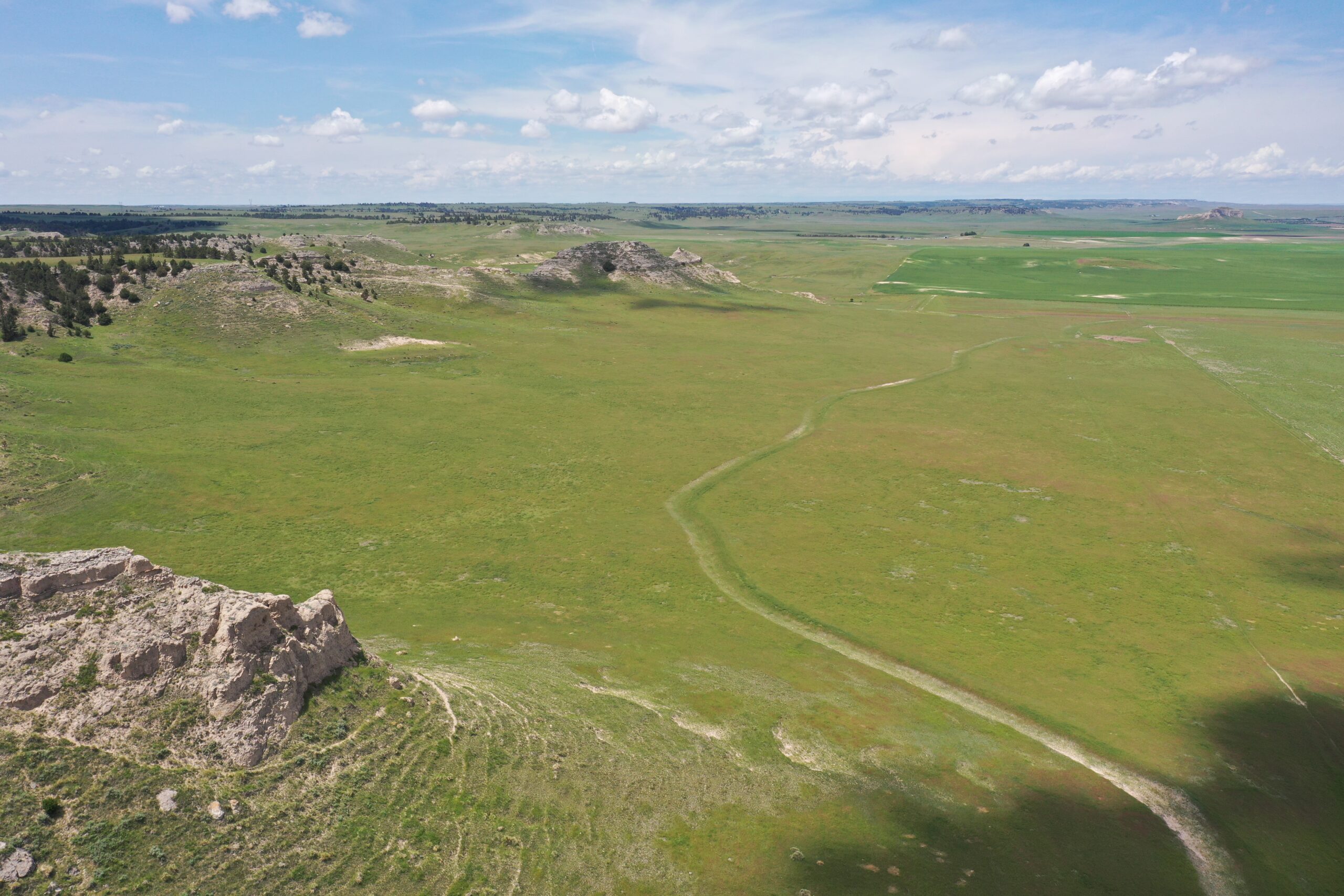
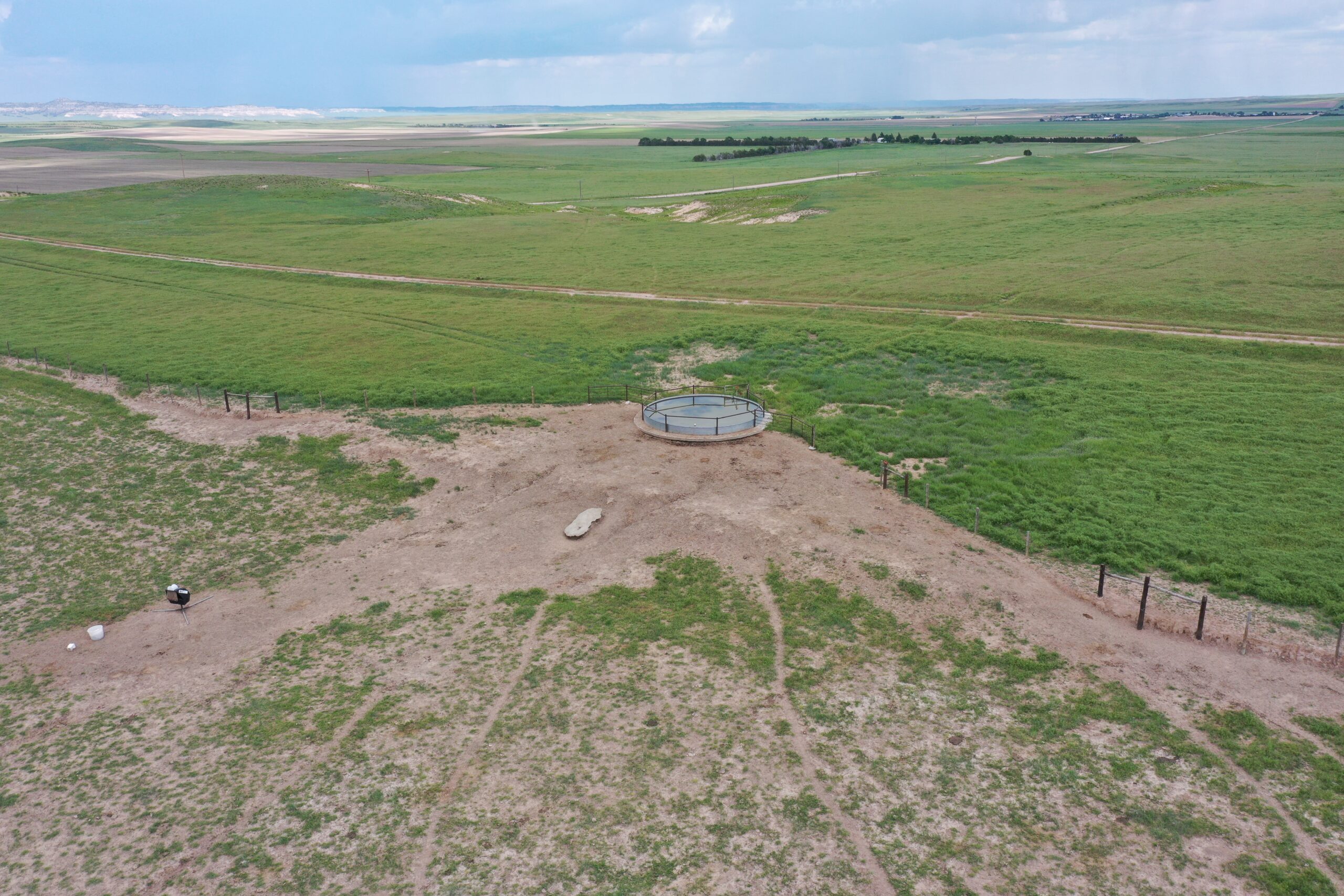
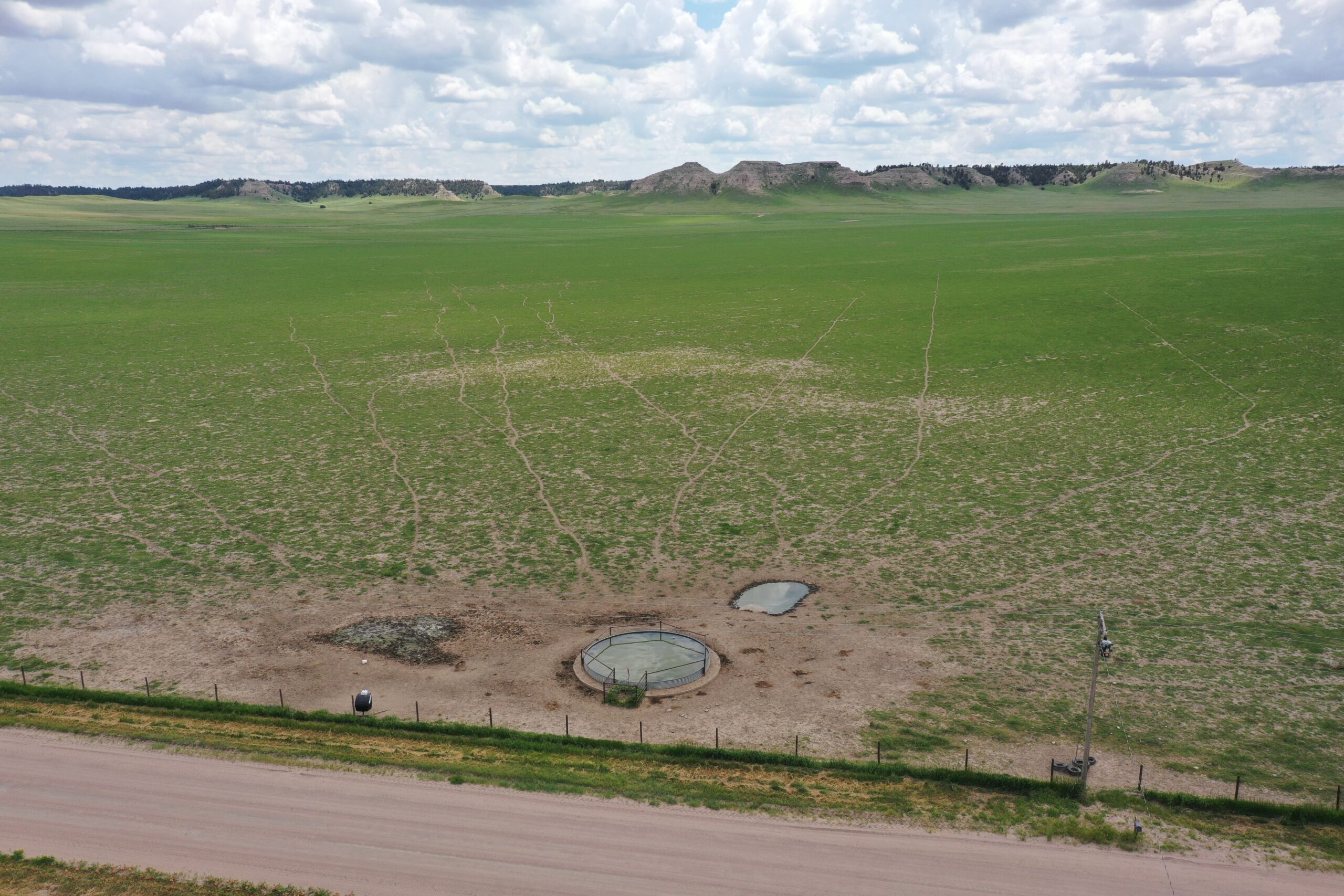
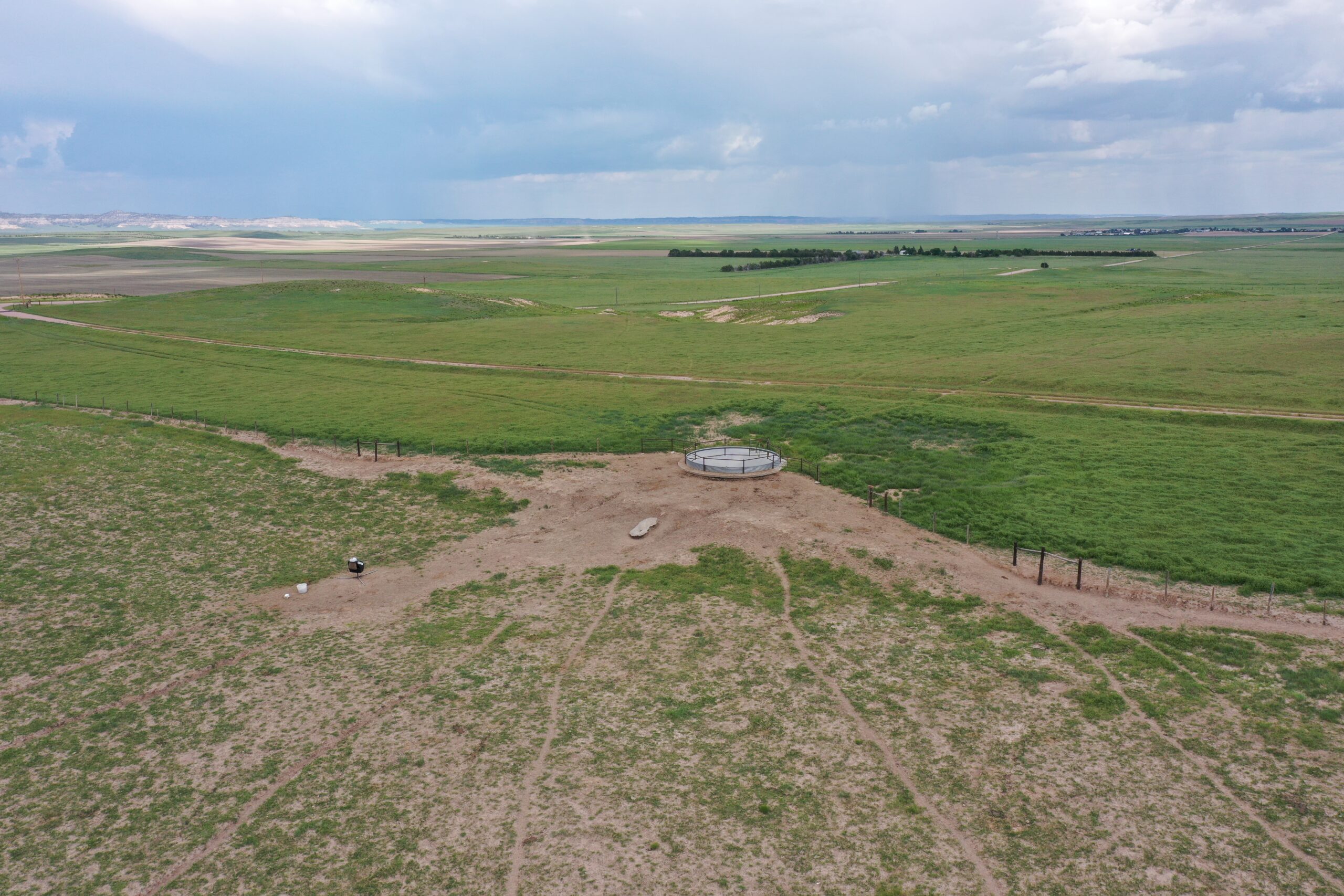
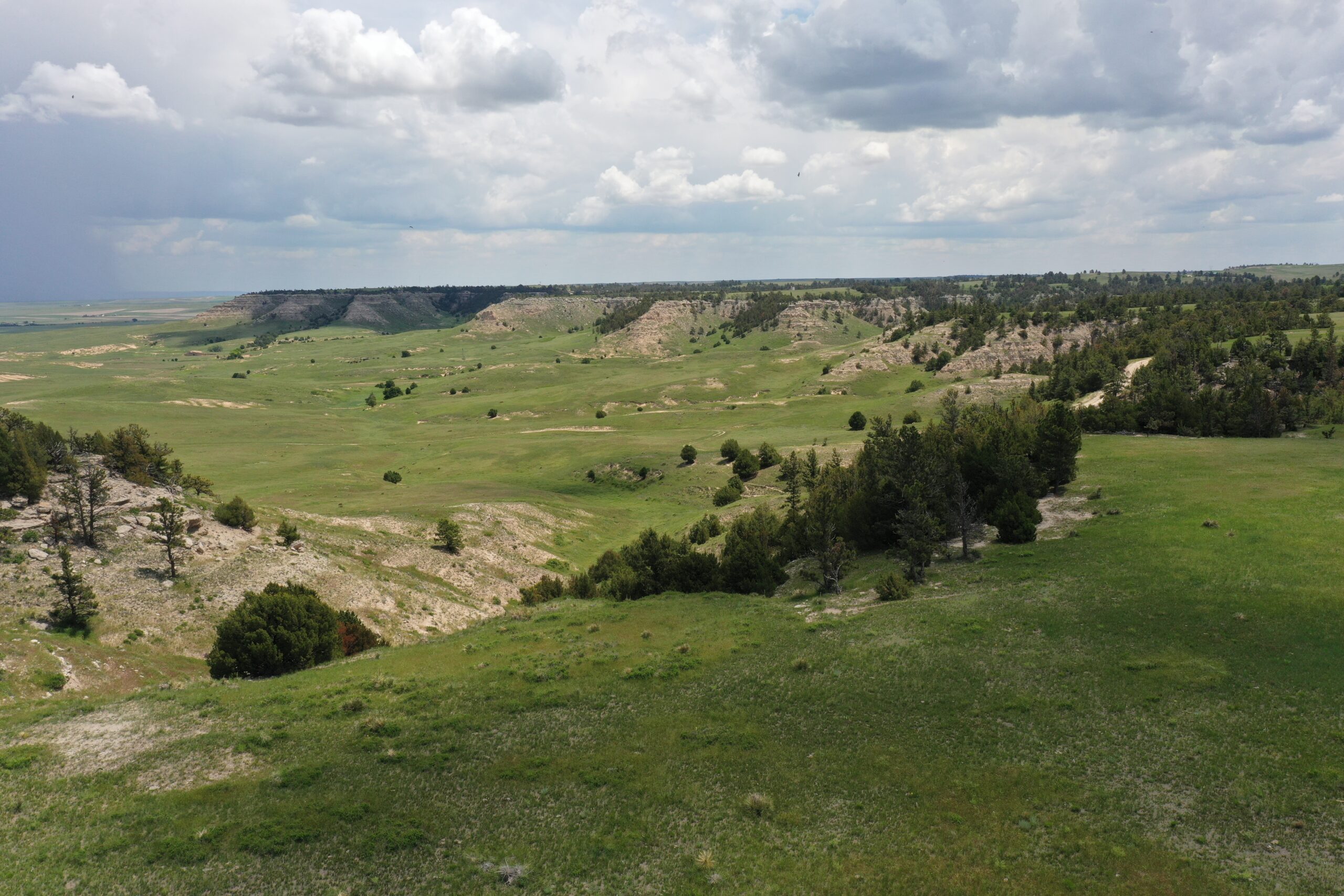
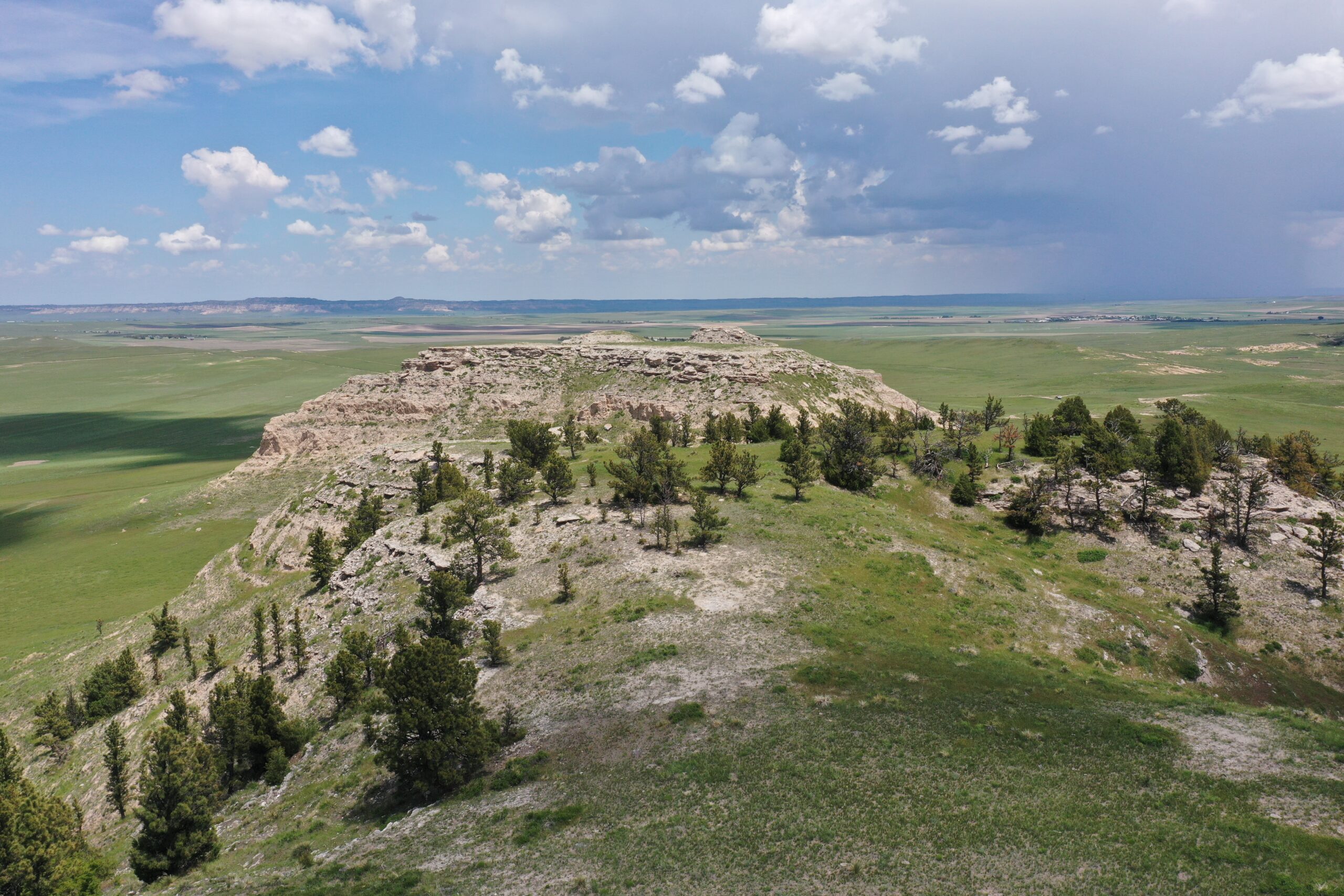
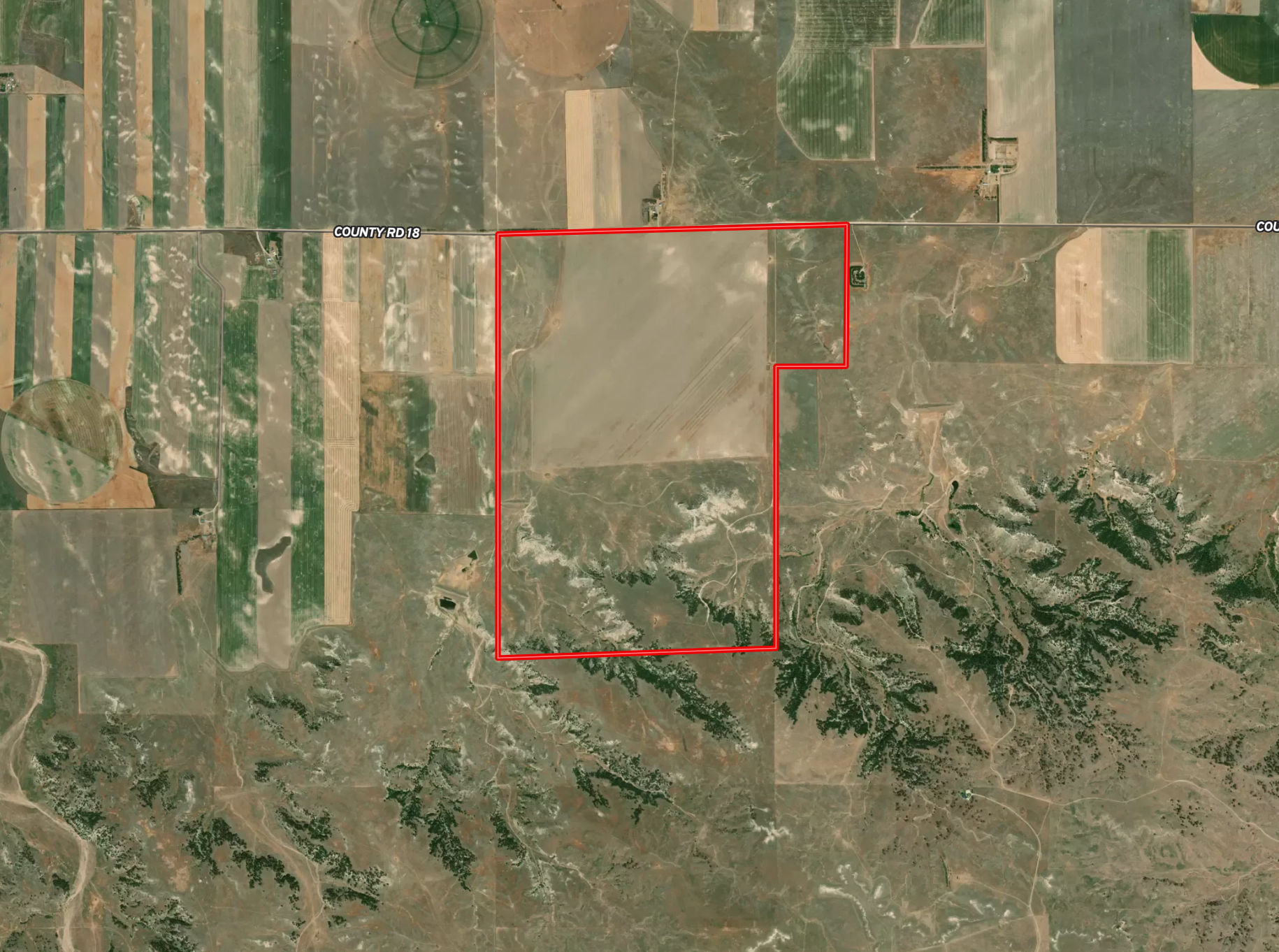
 View Map
View Map